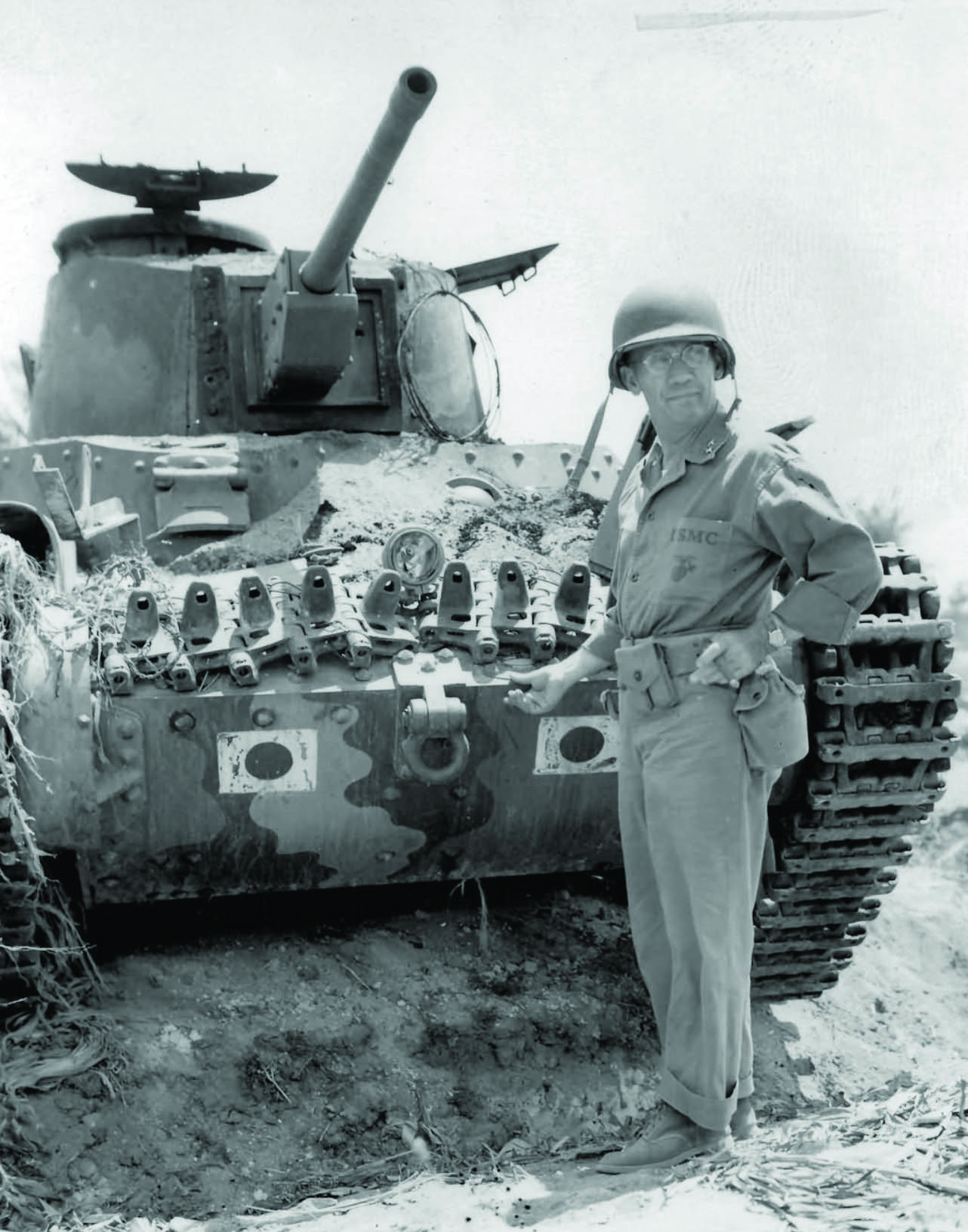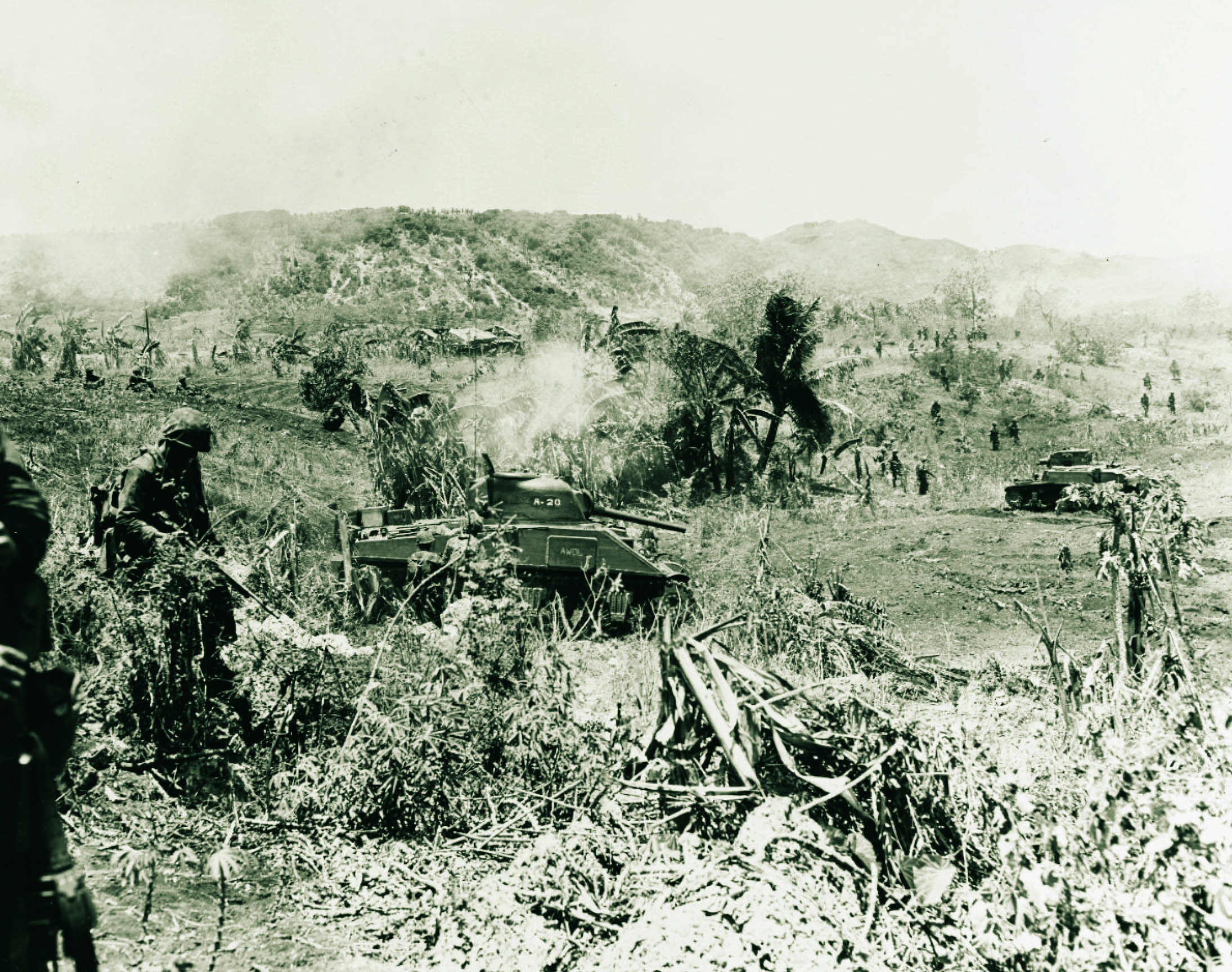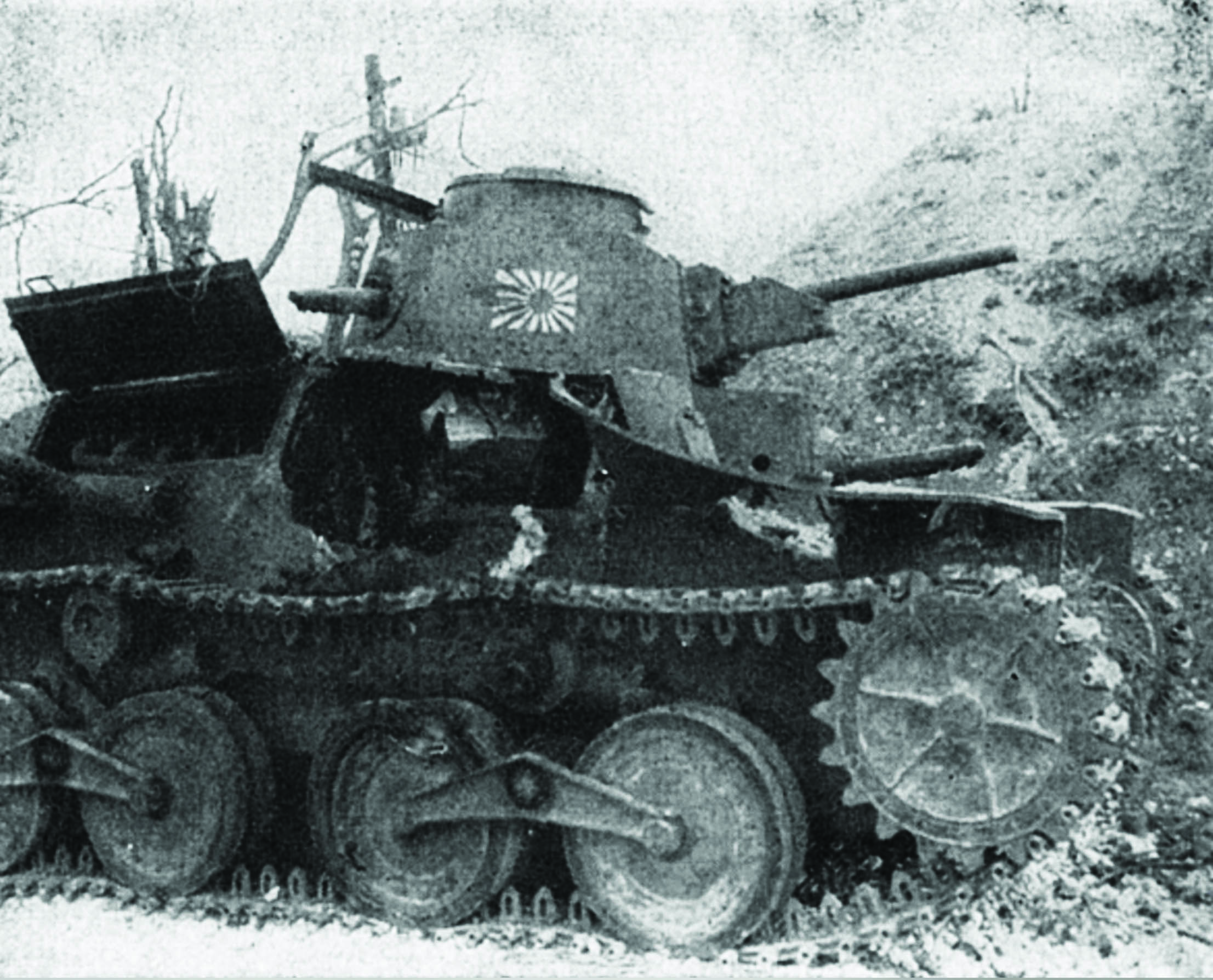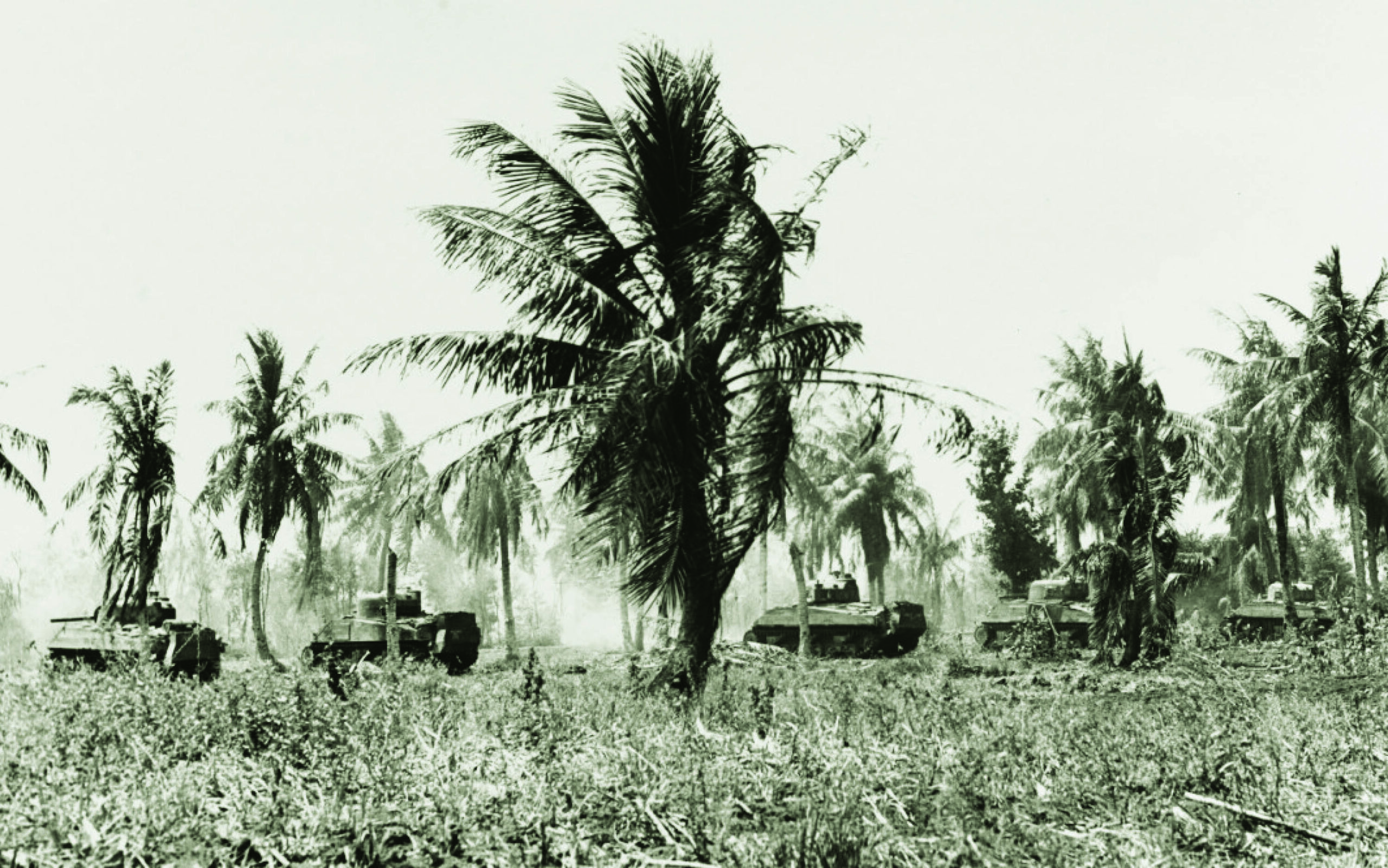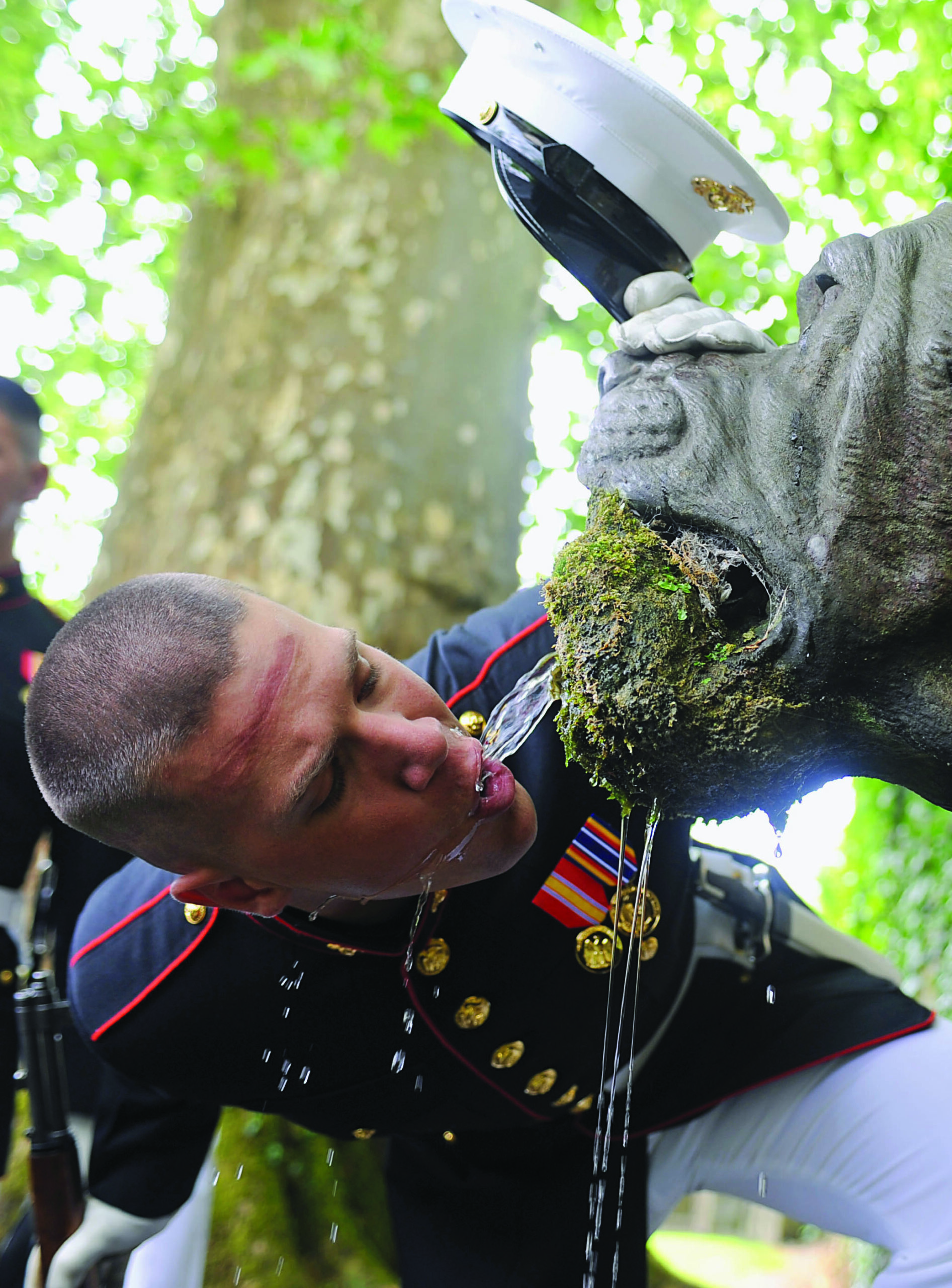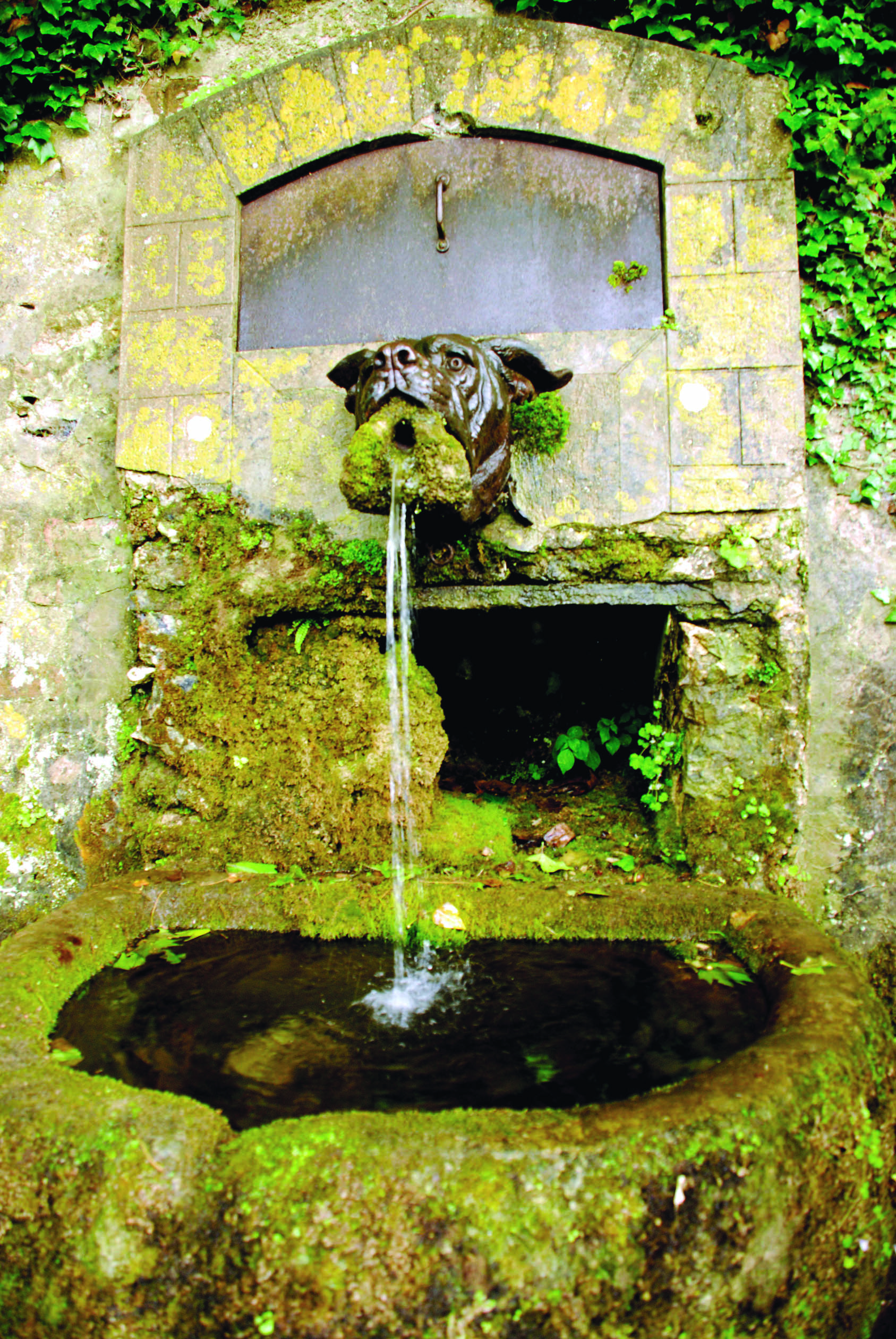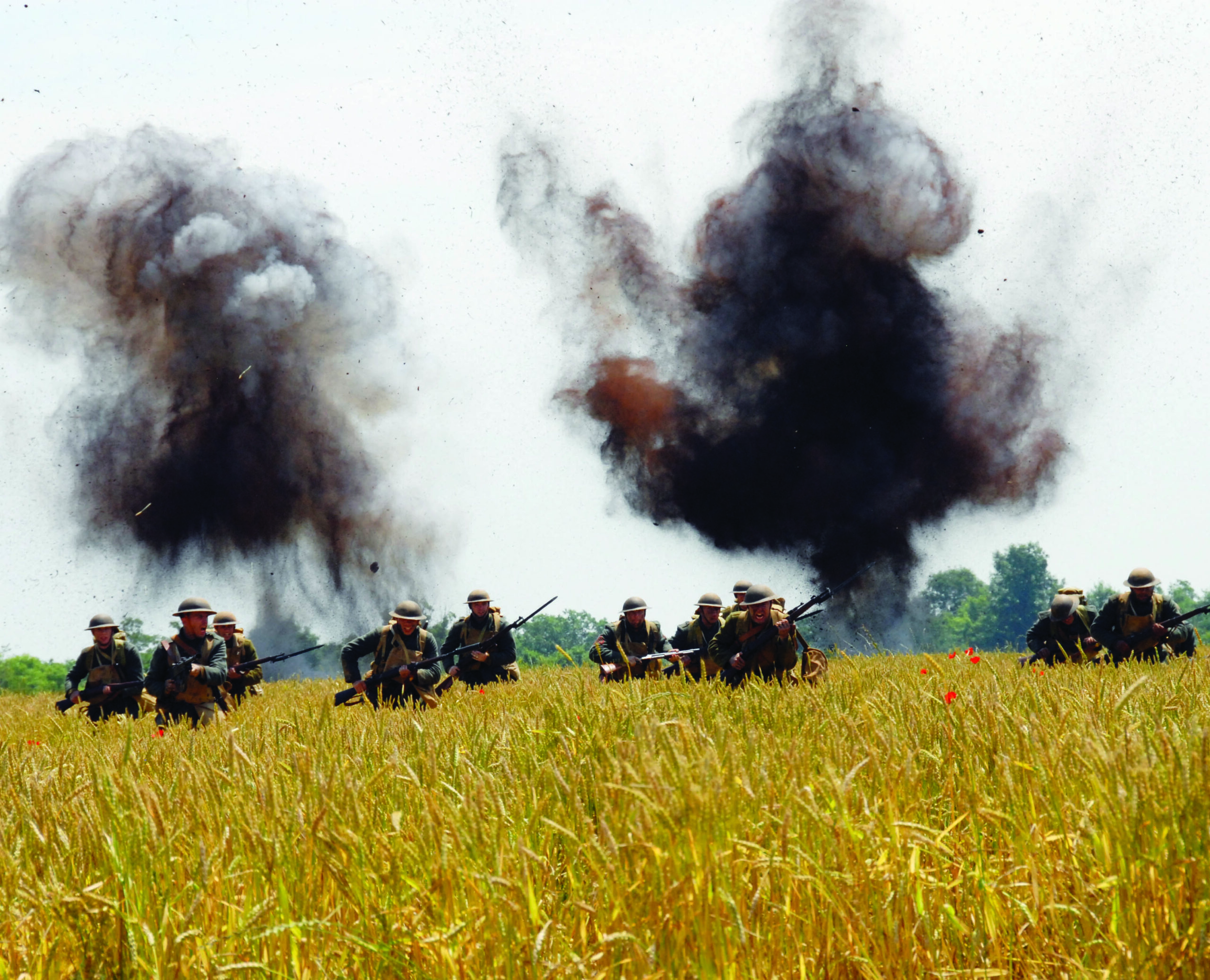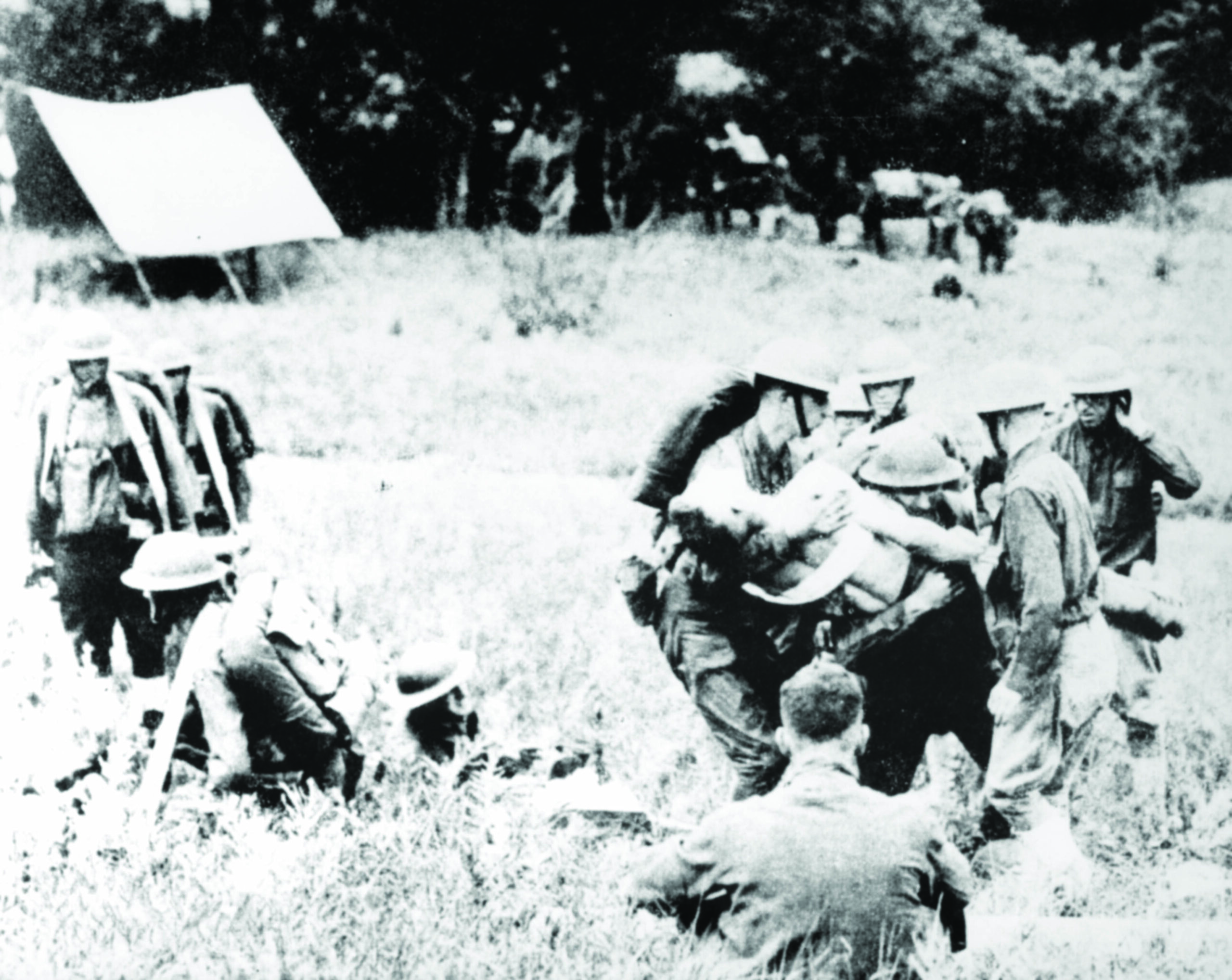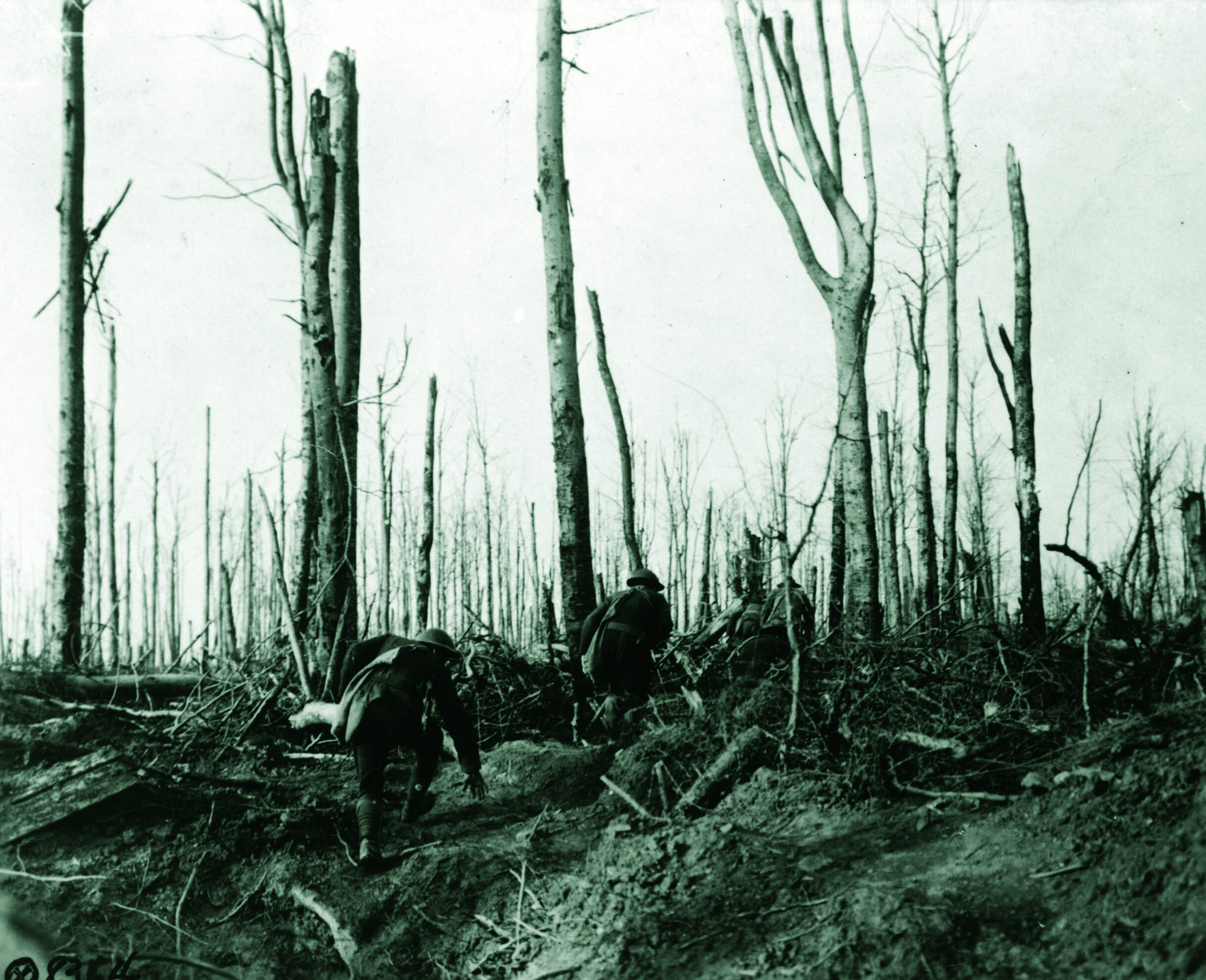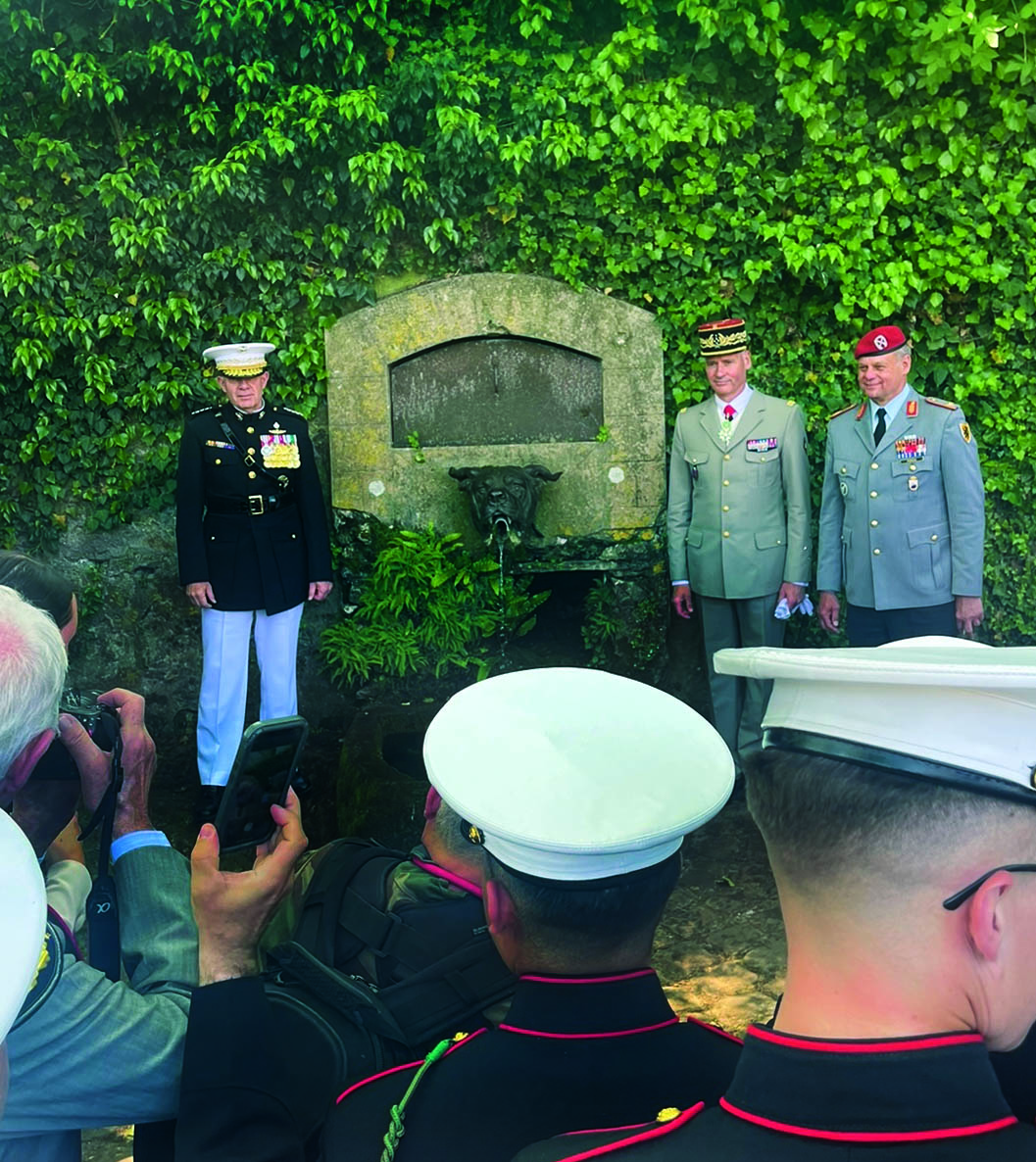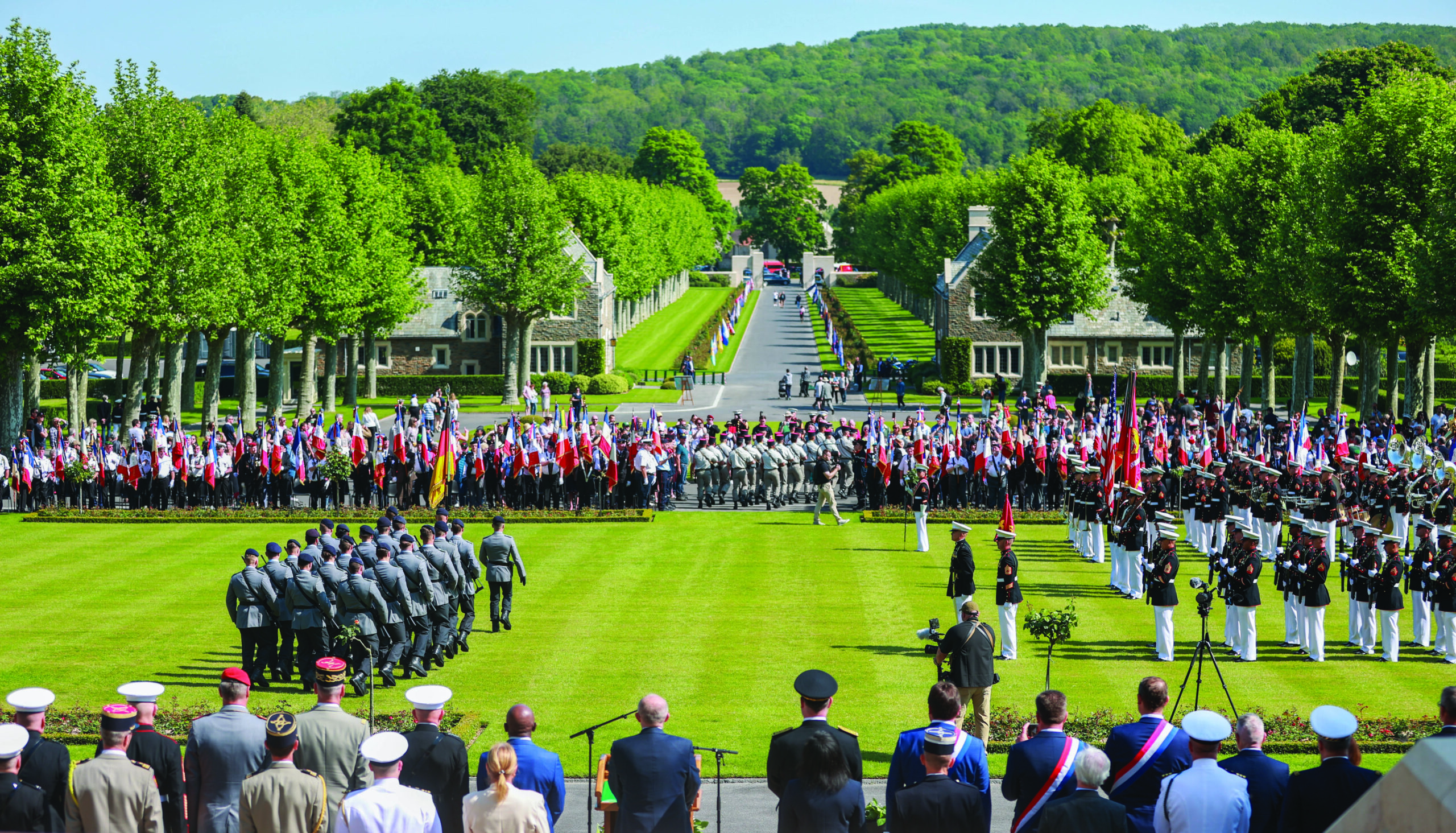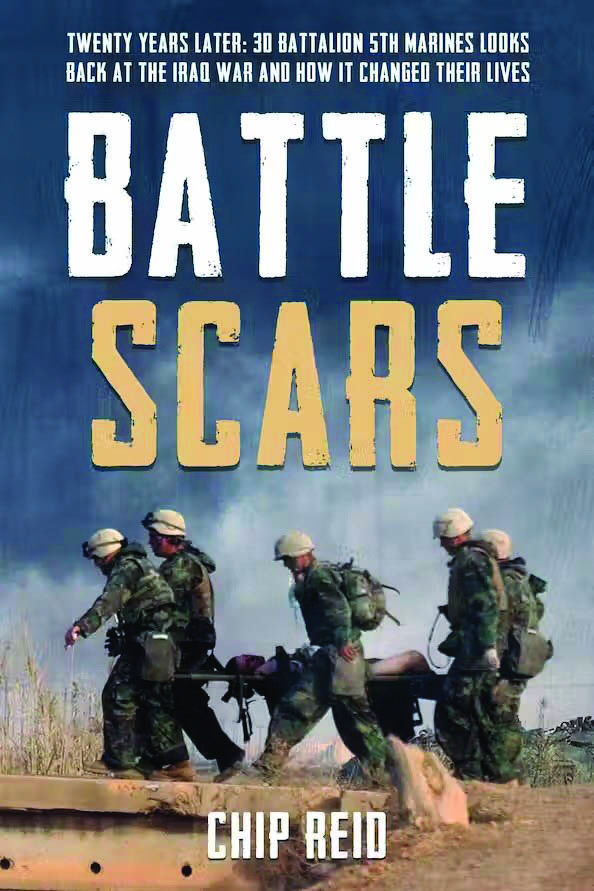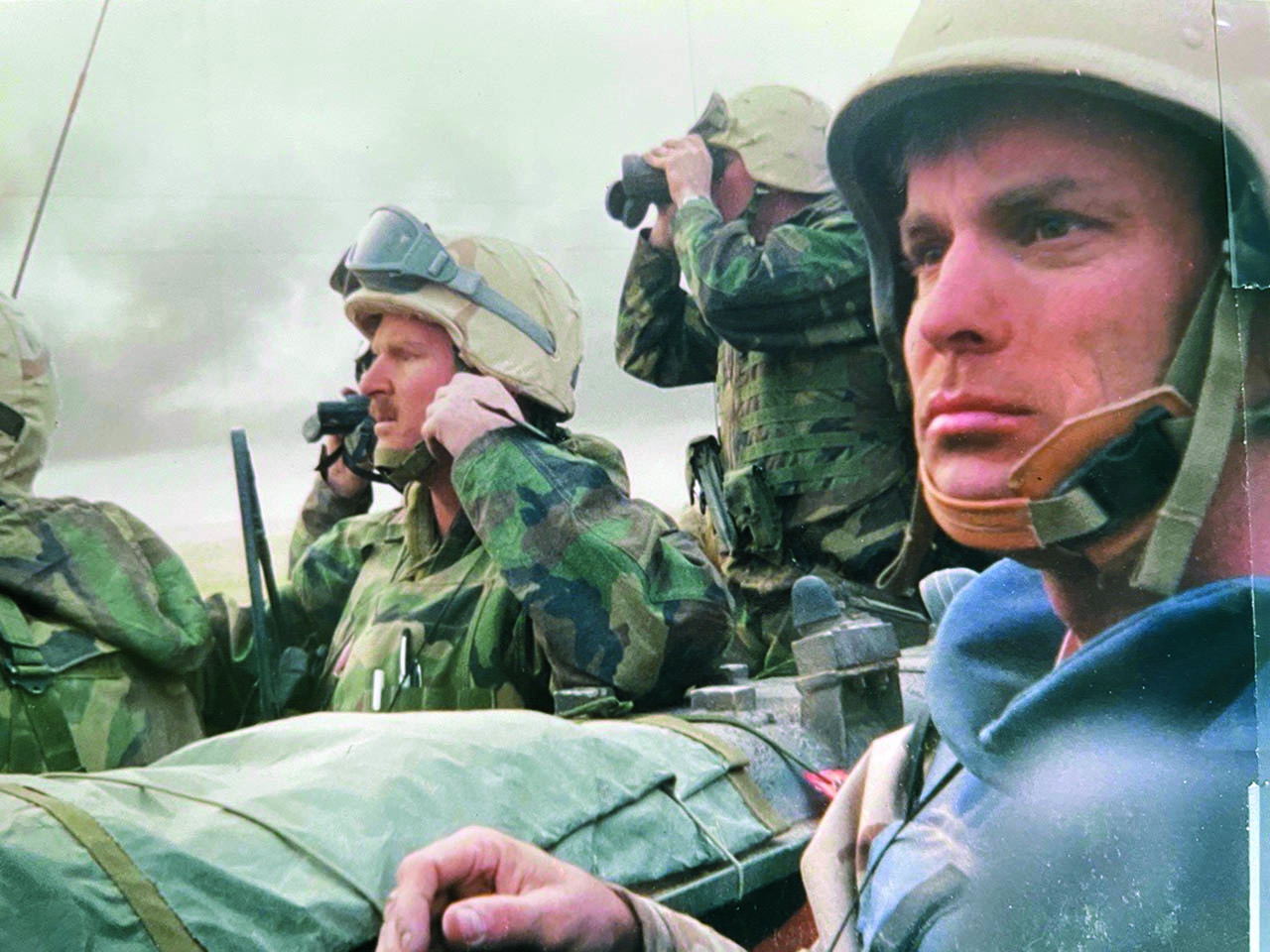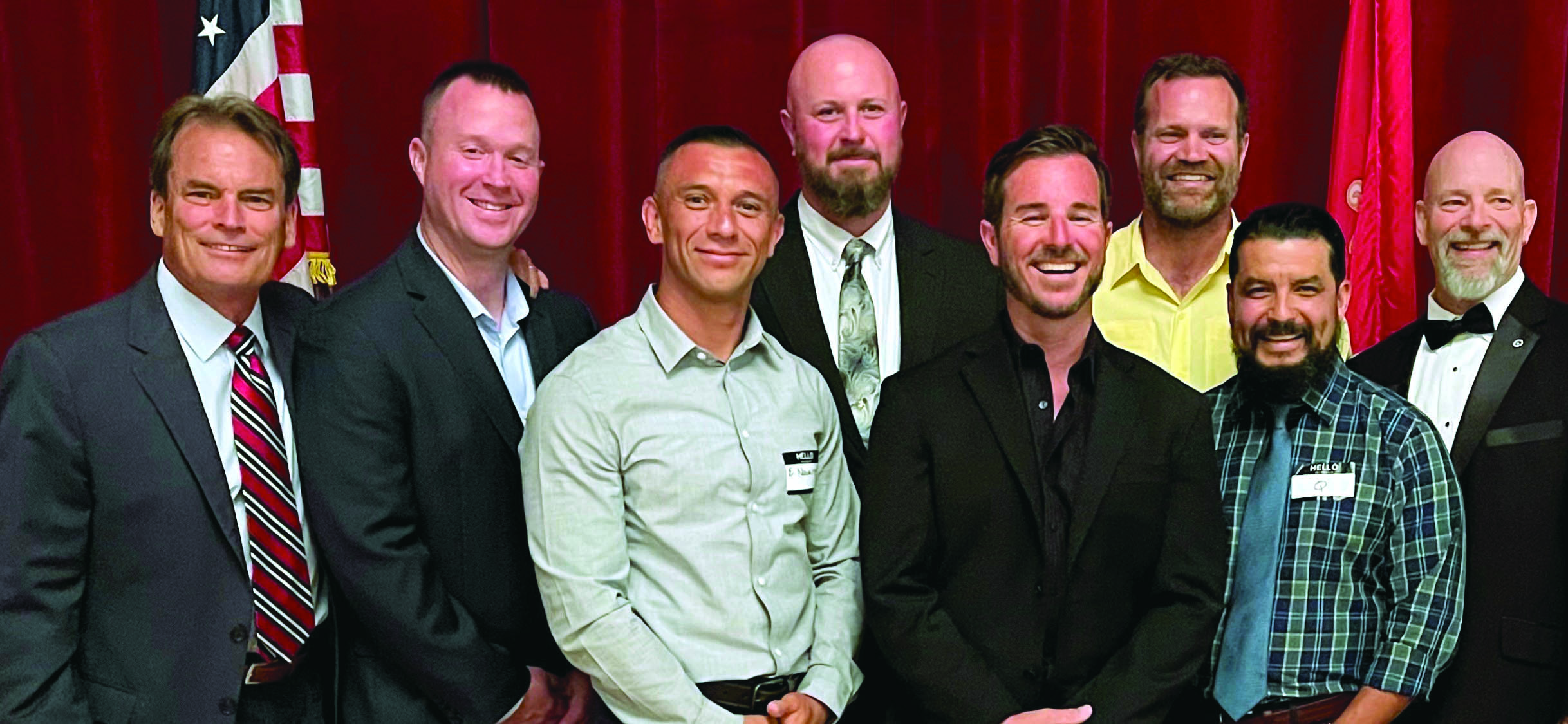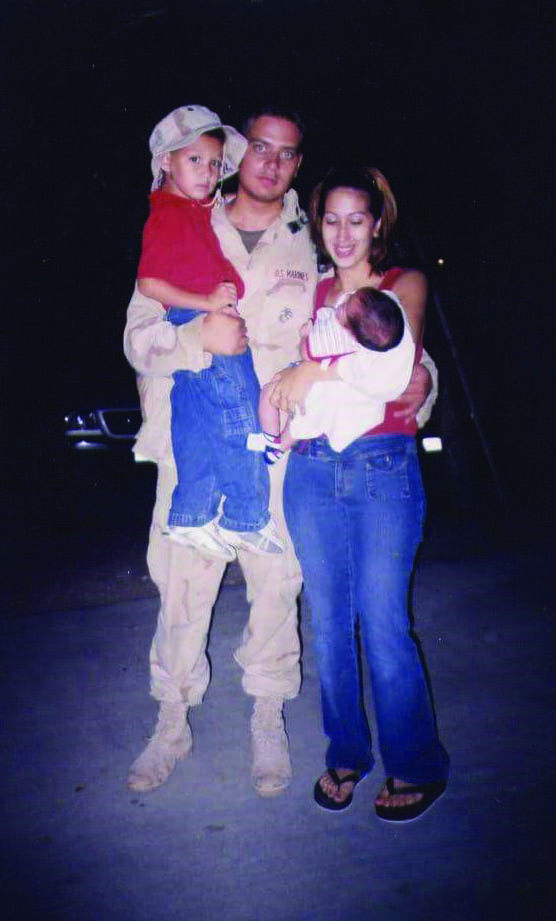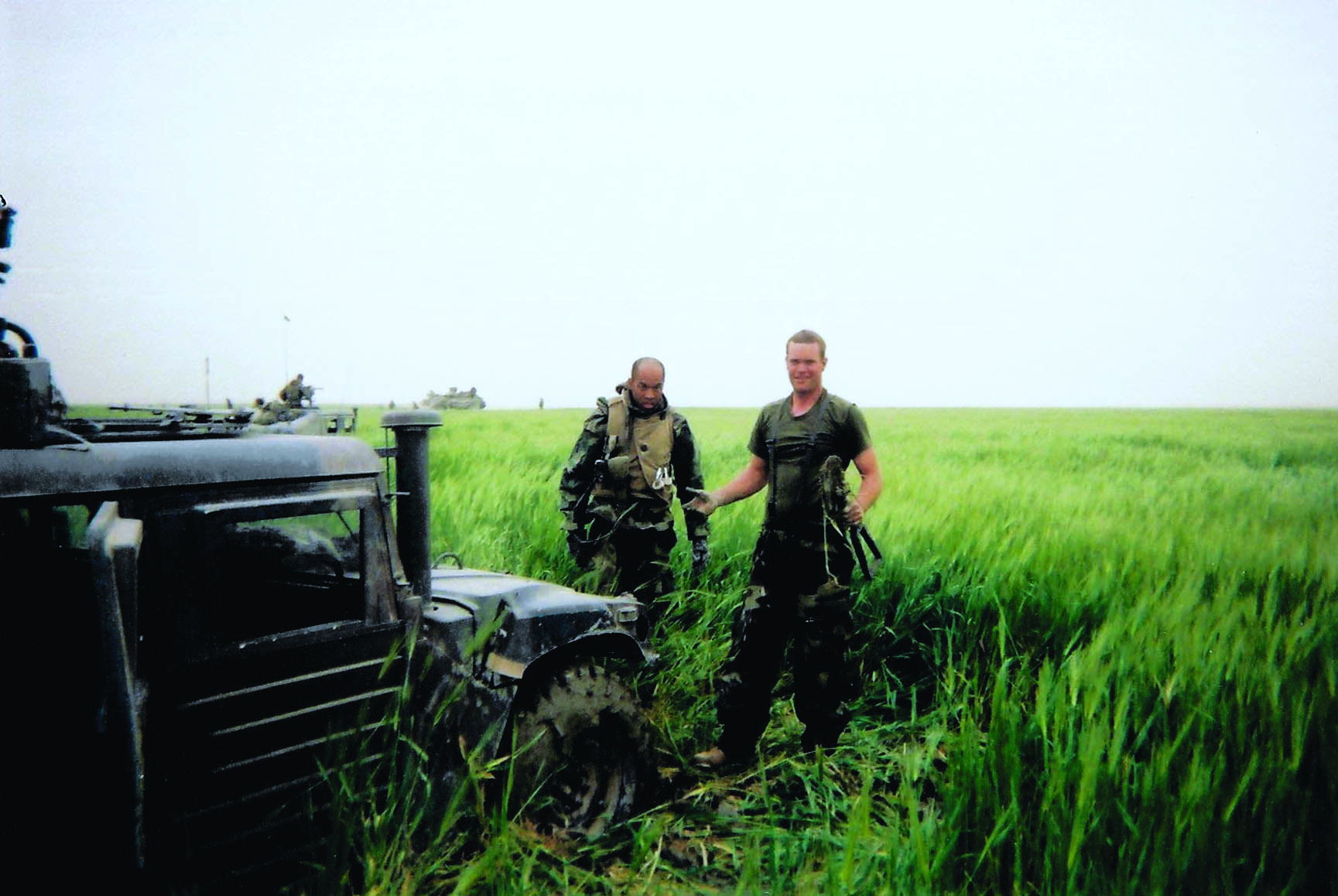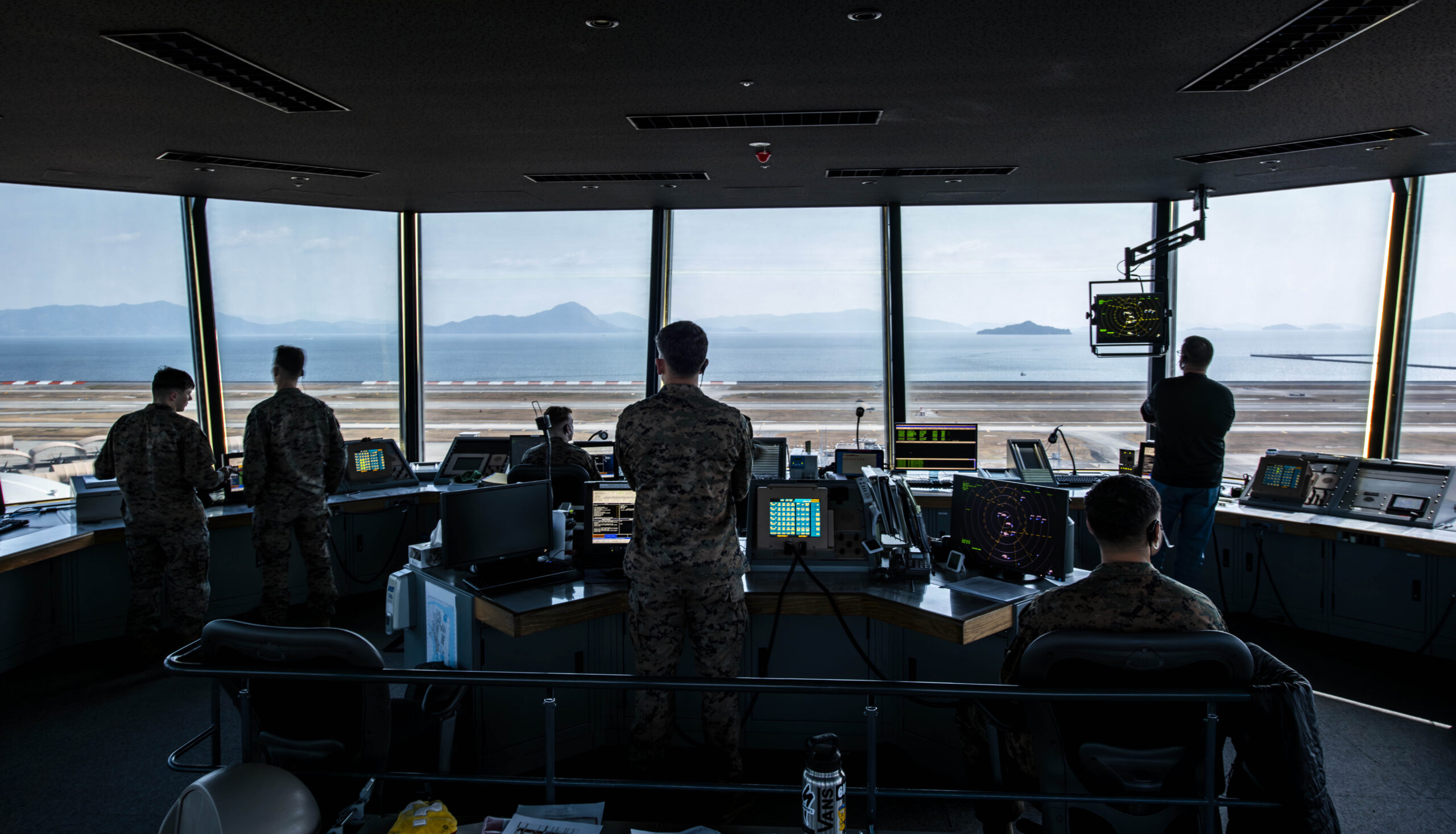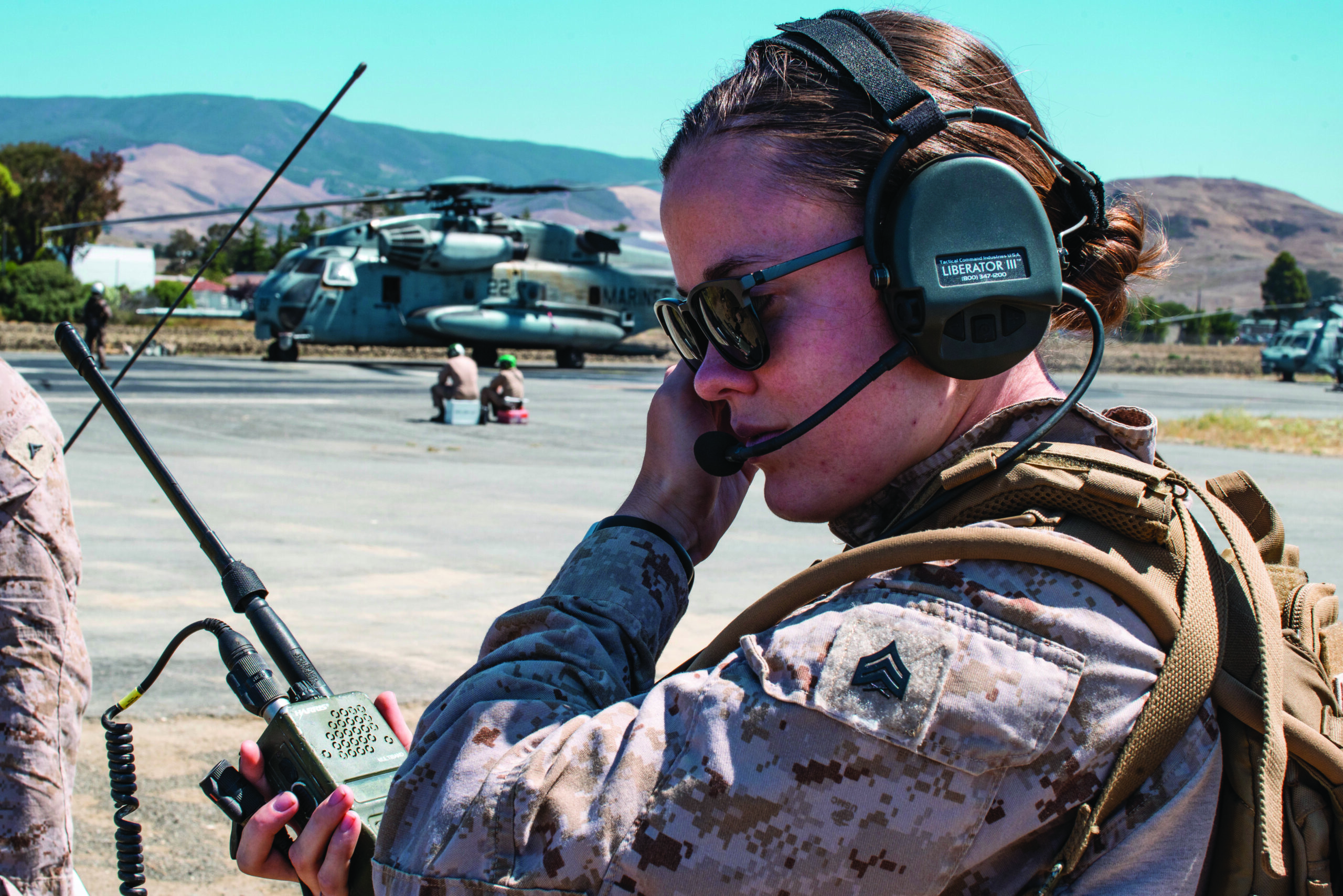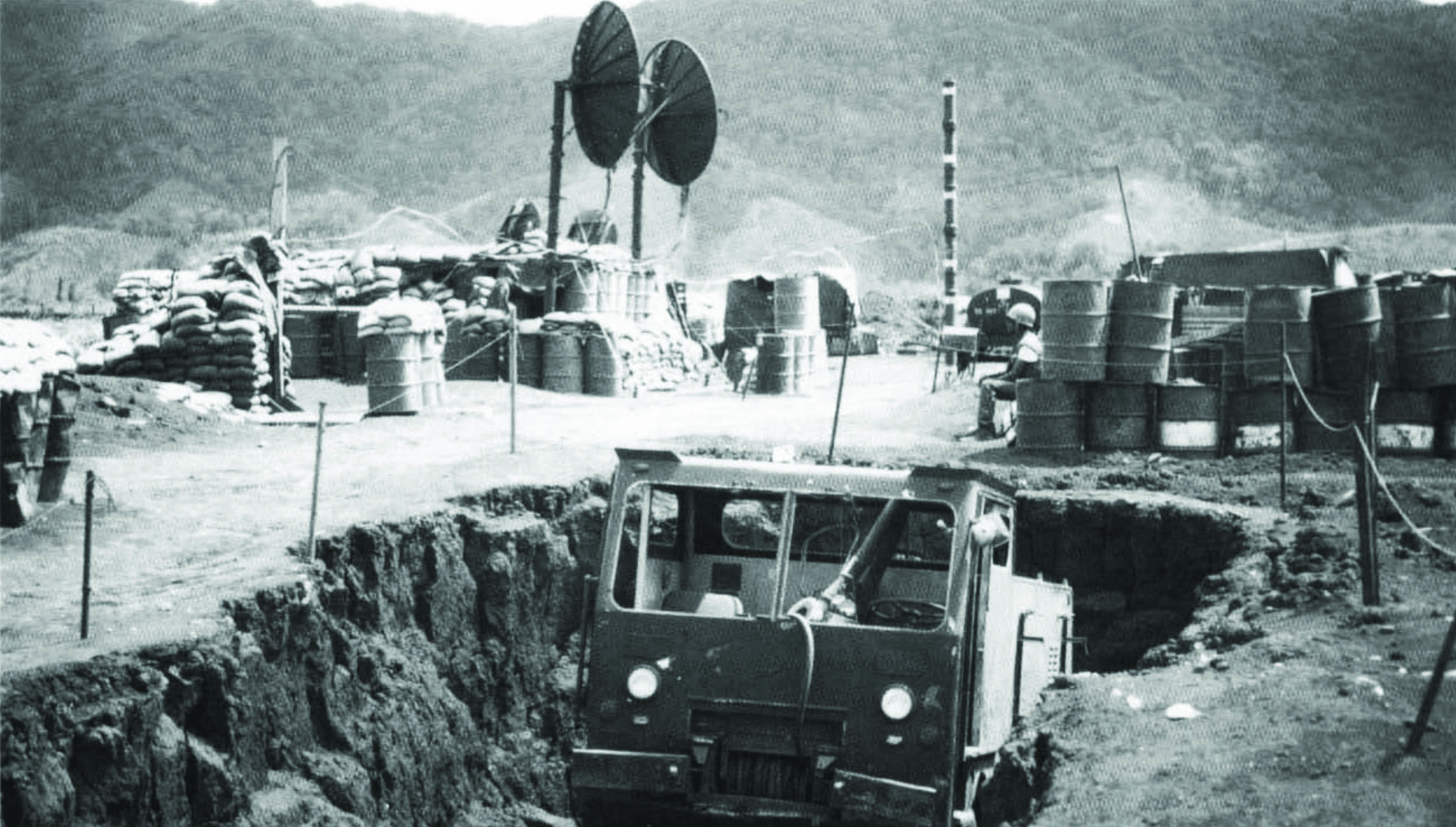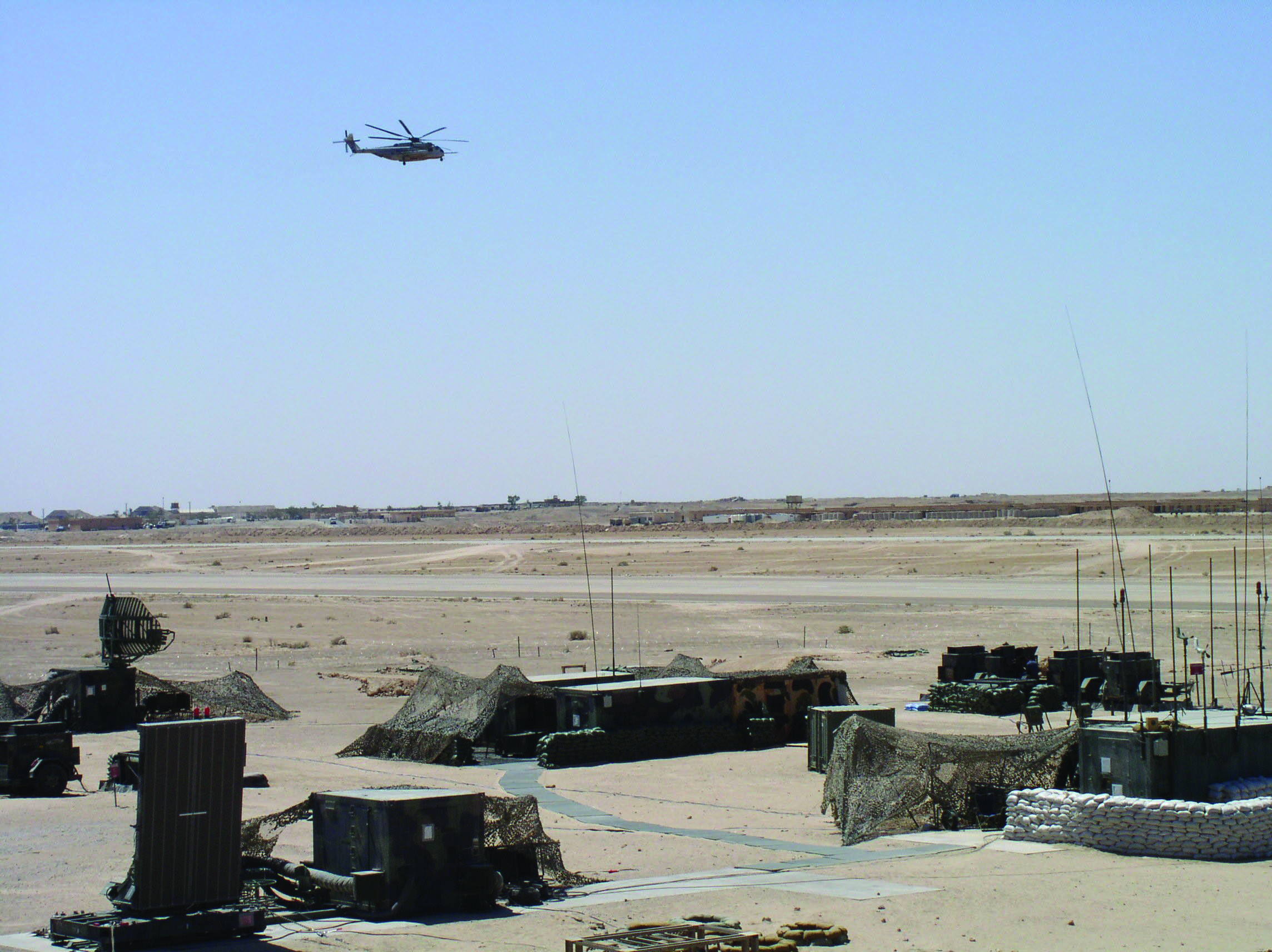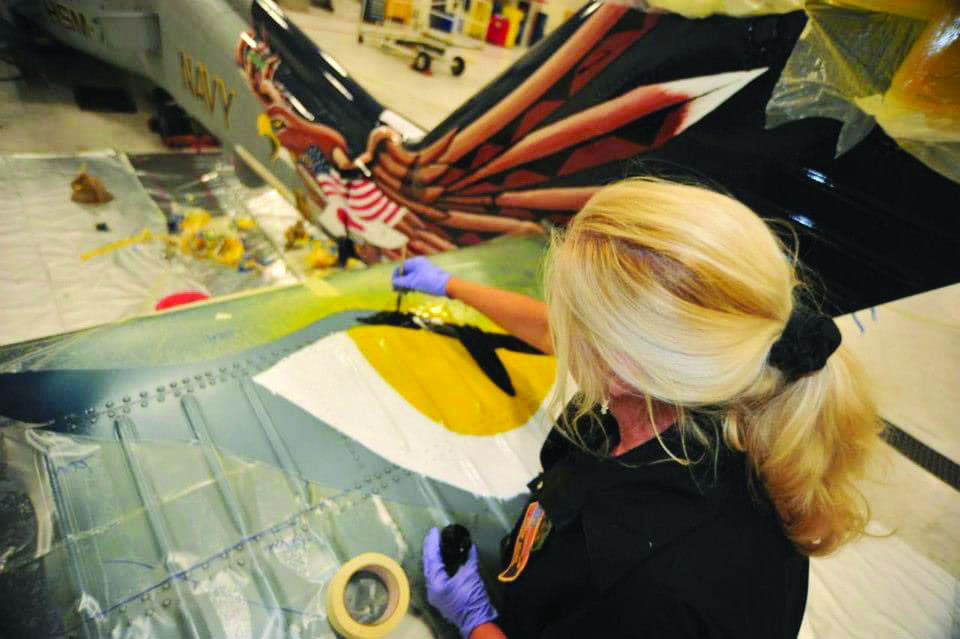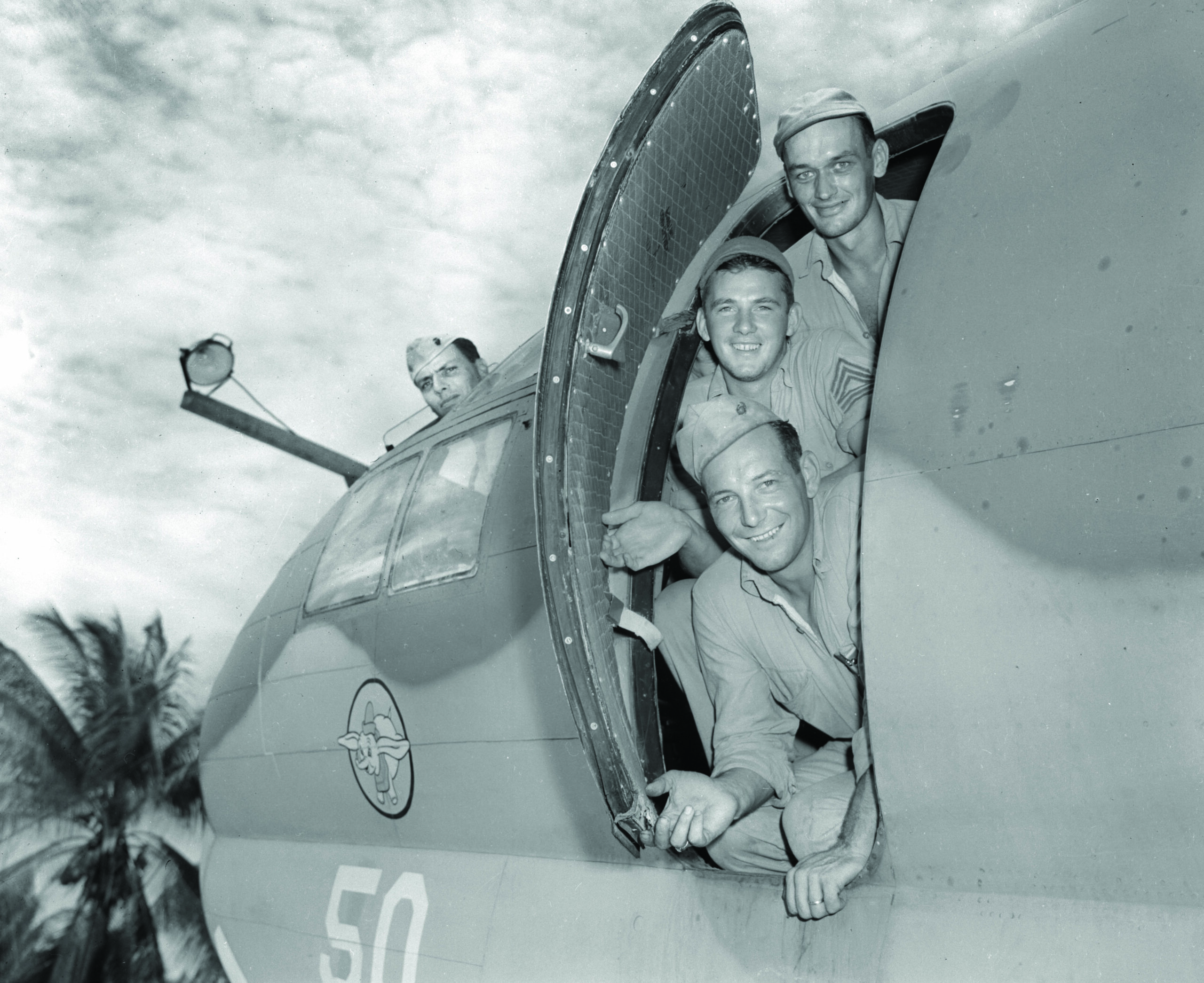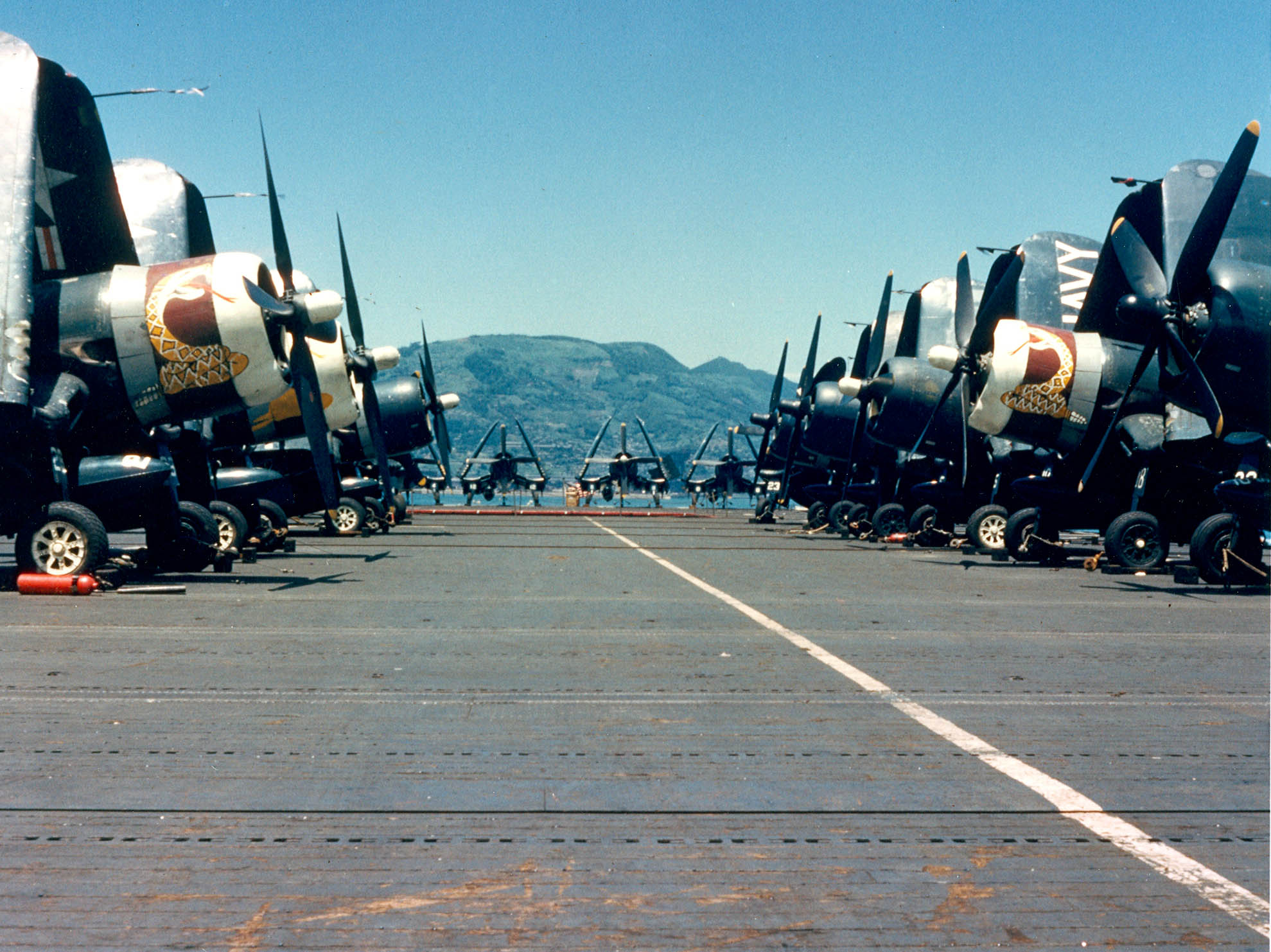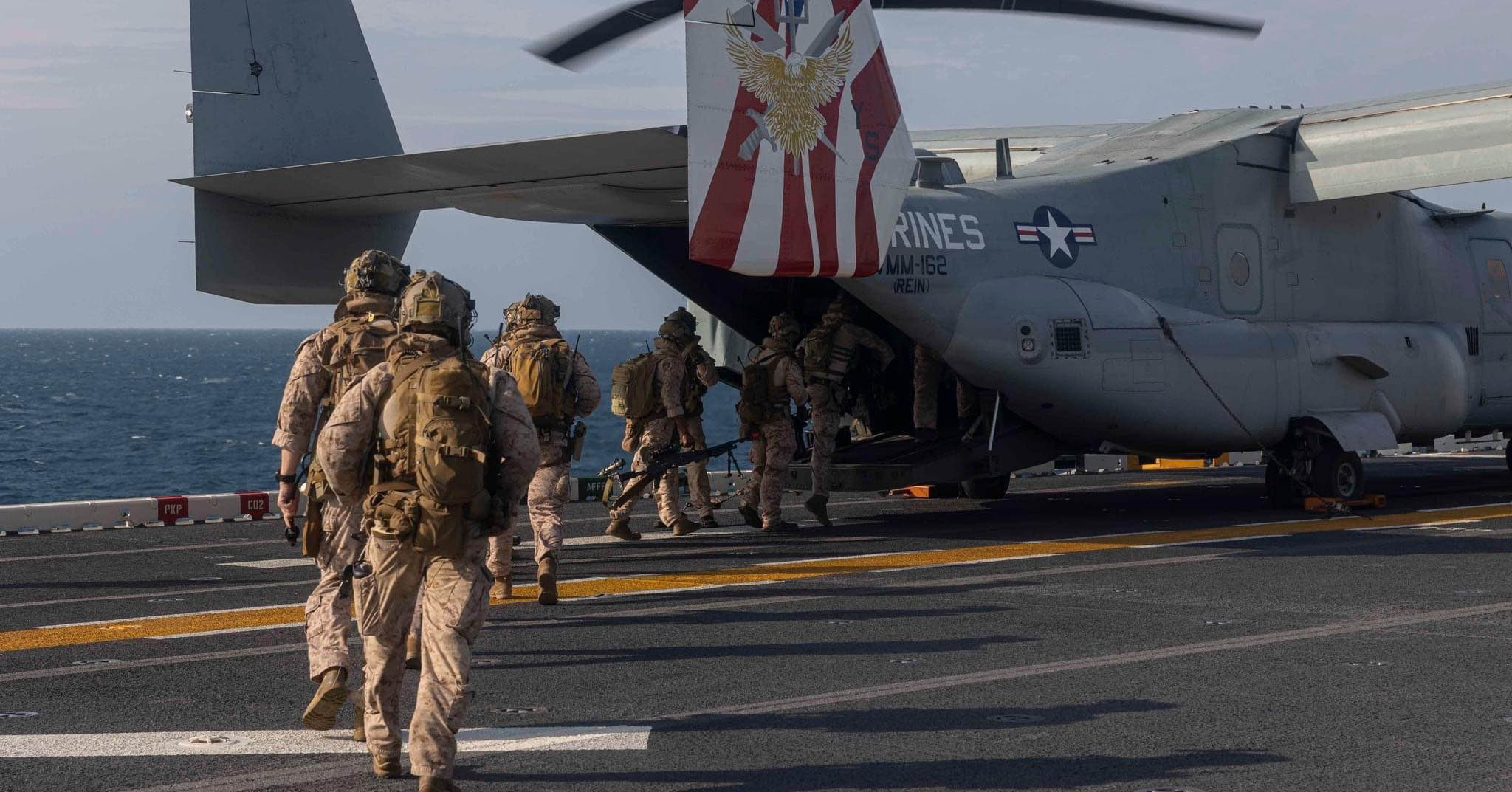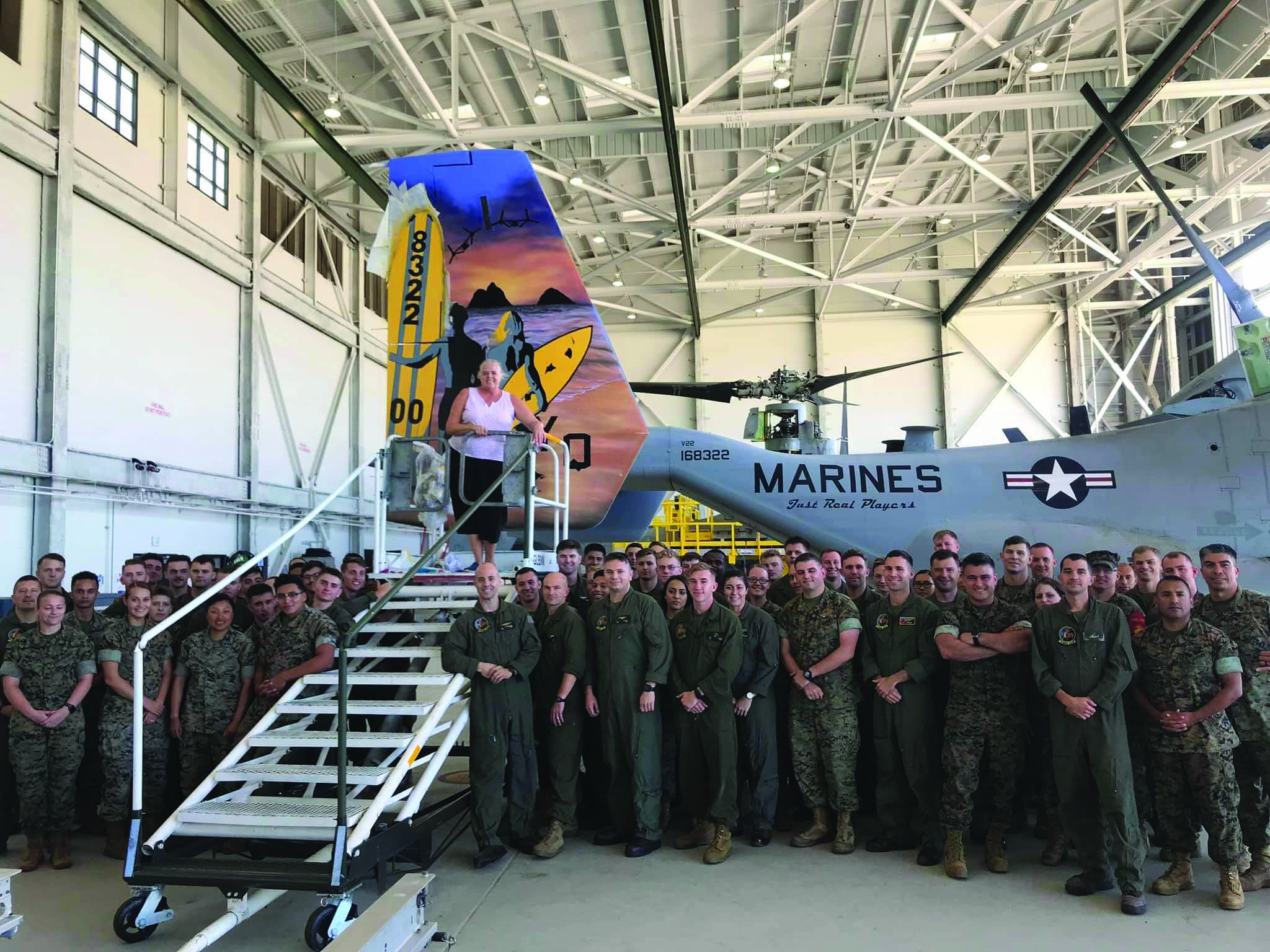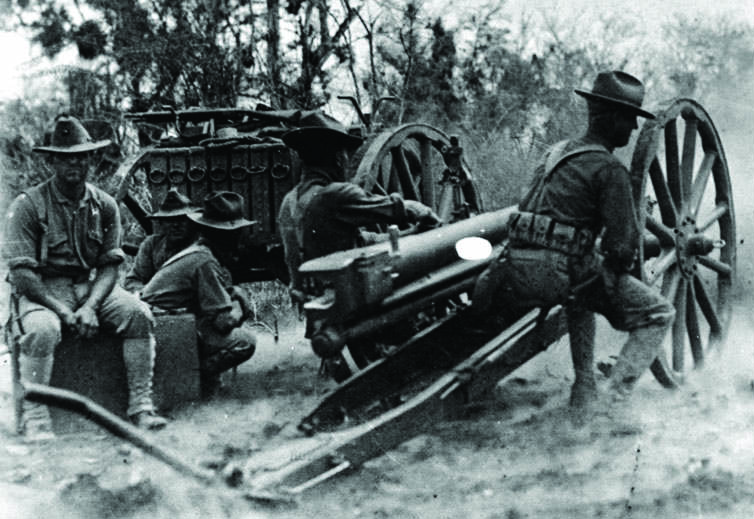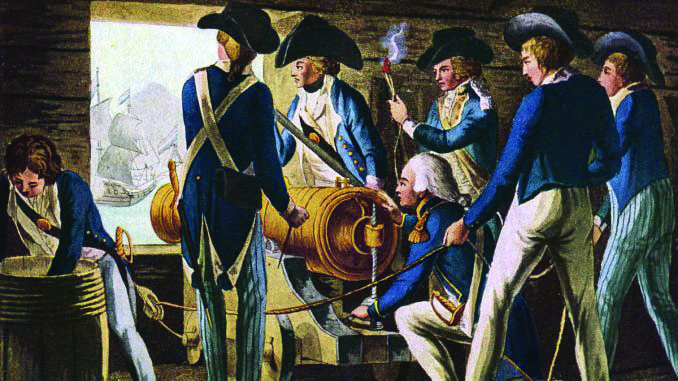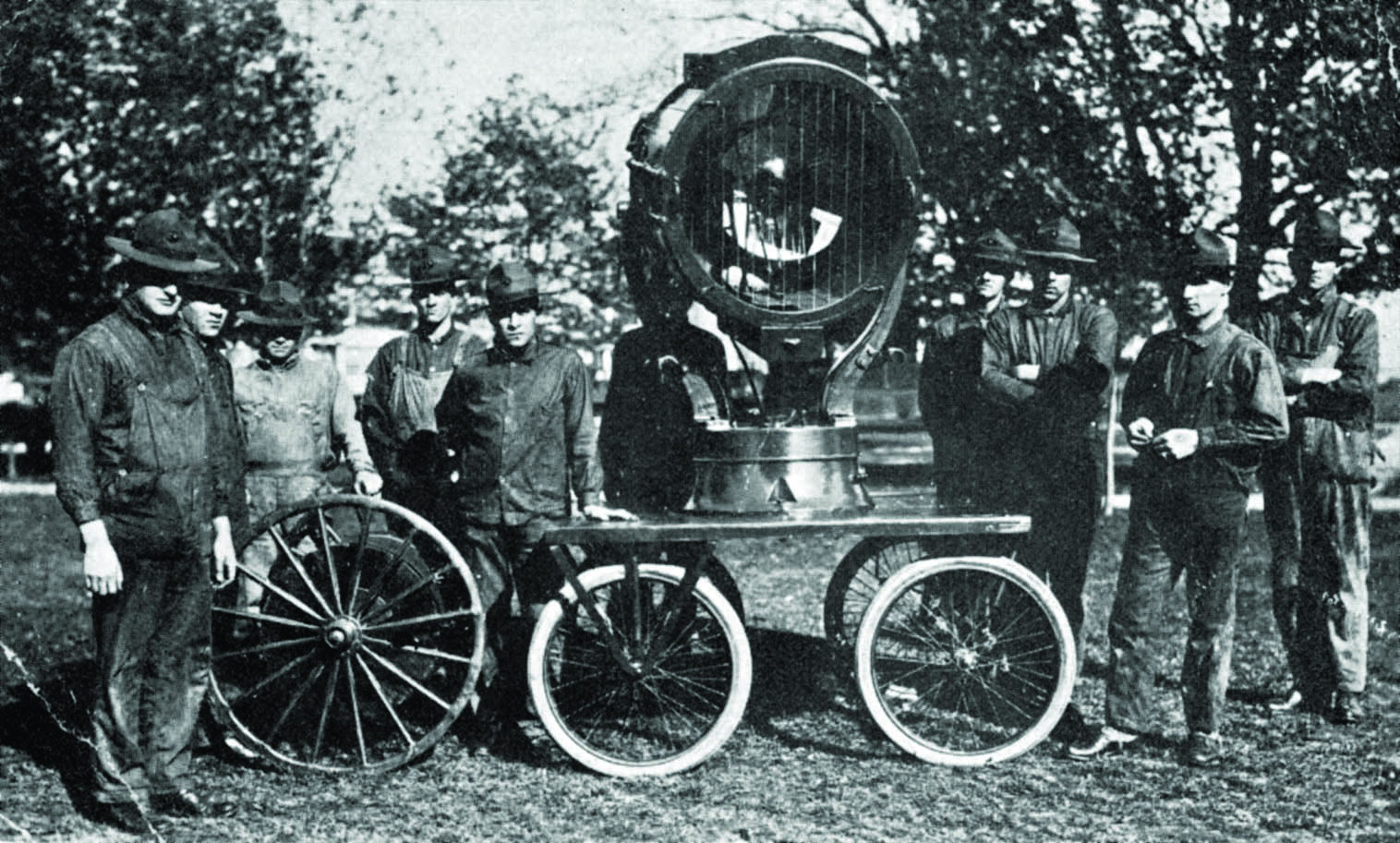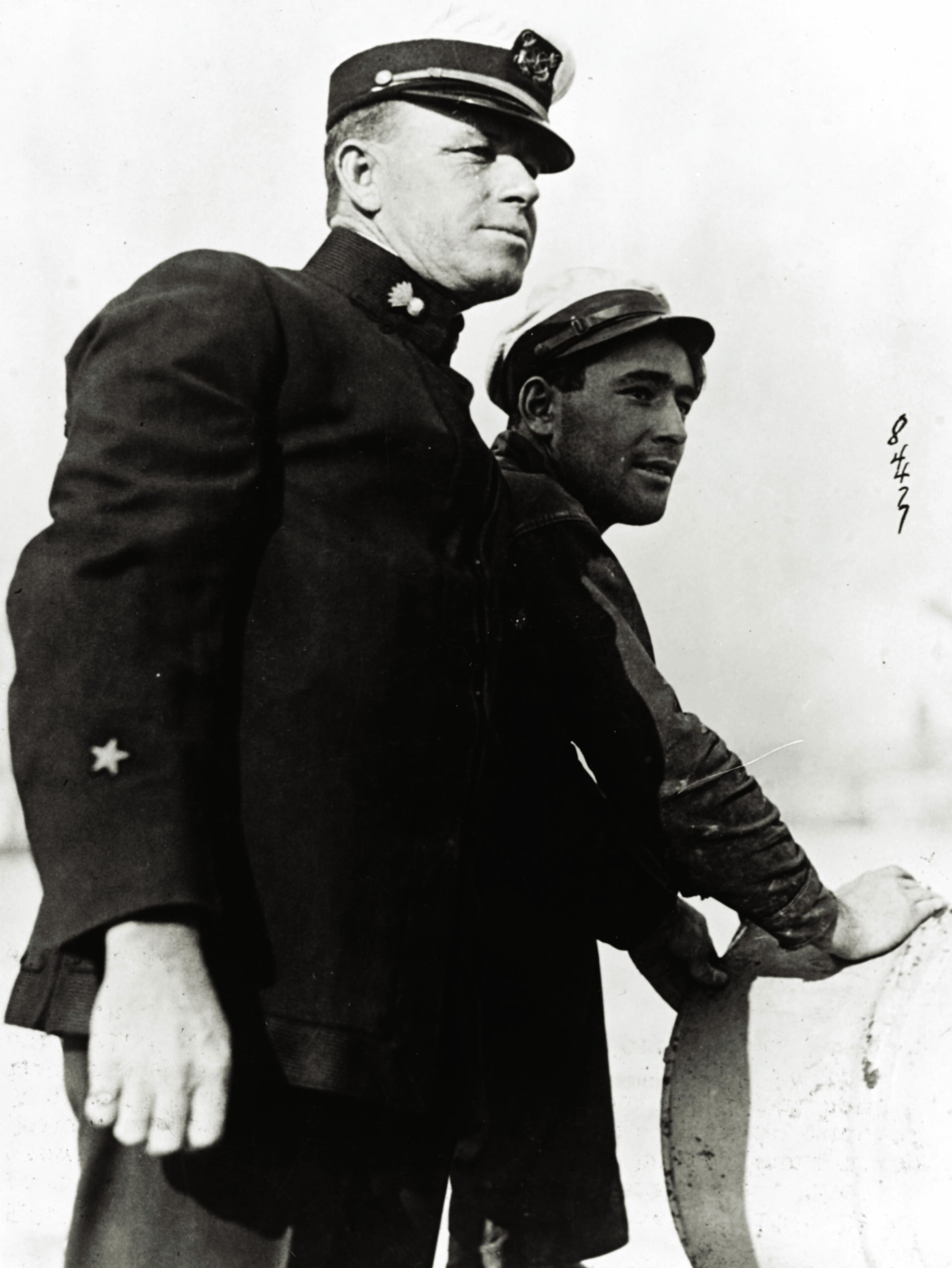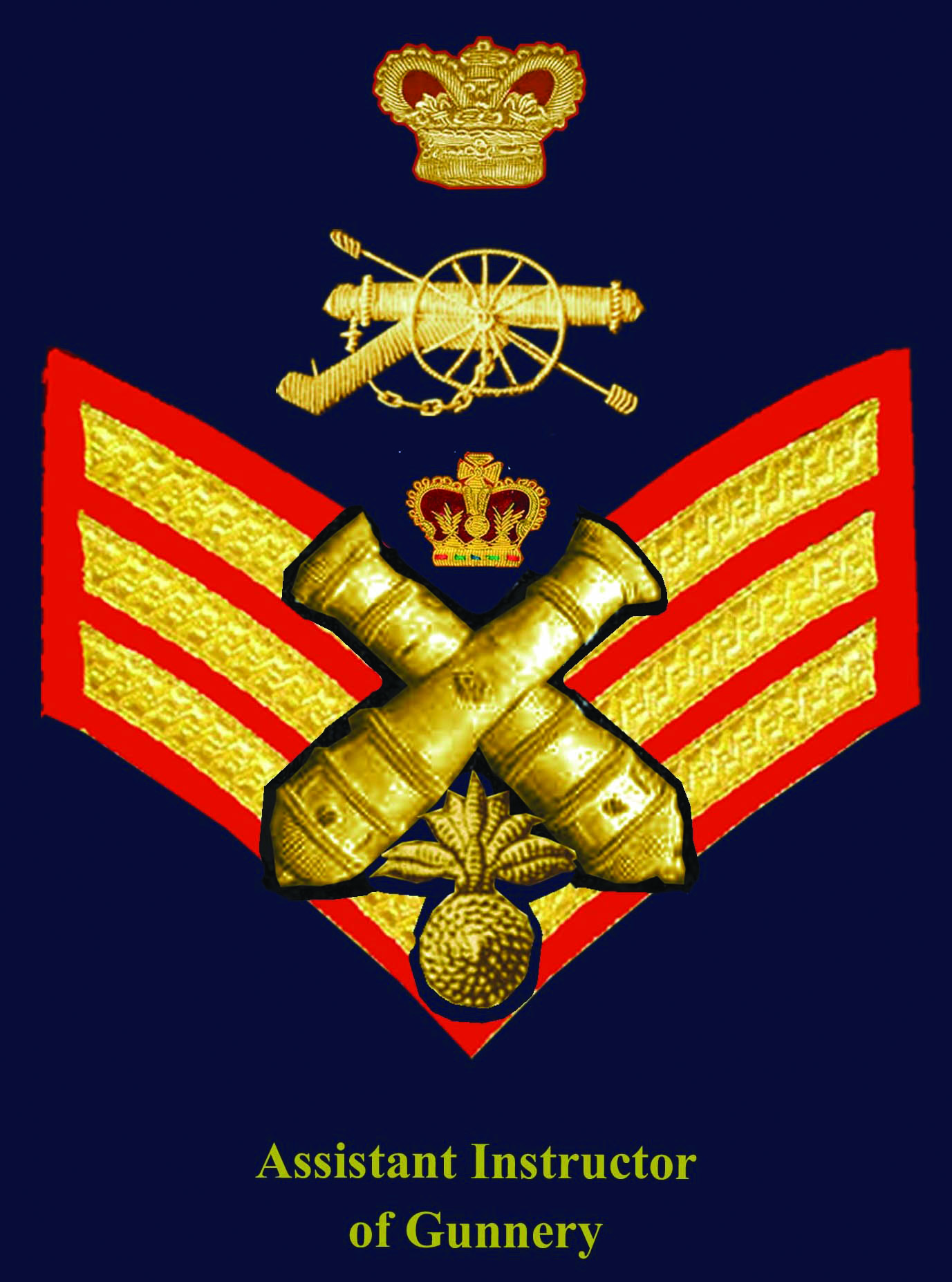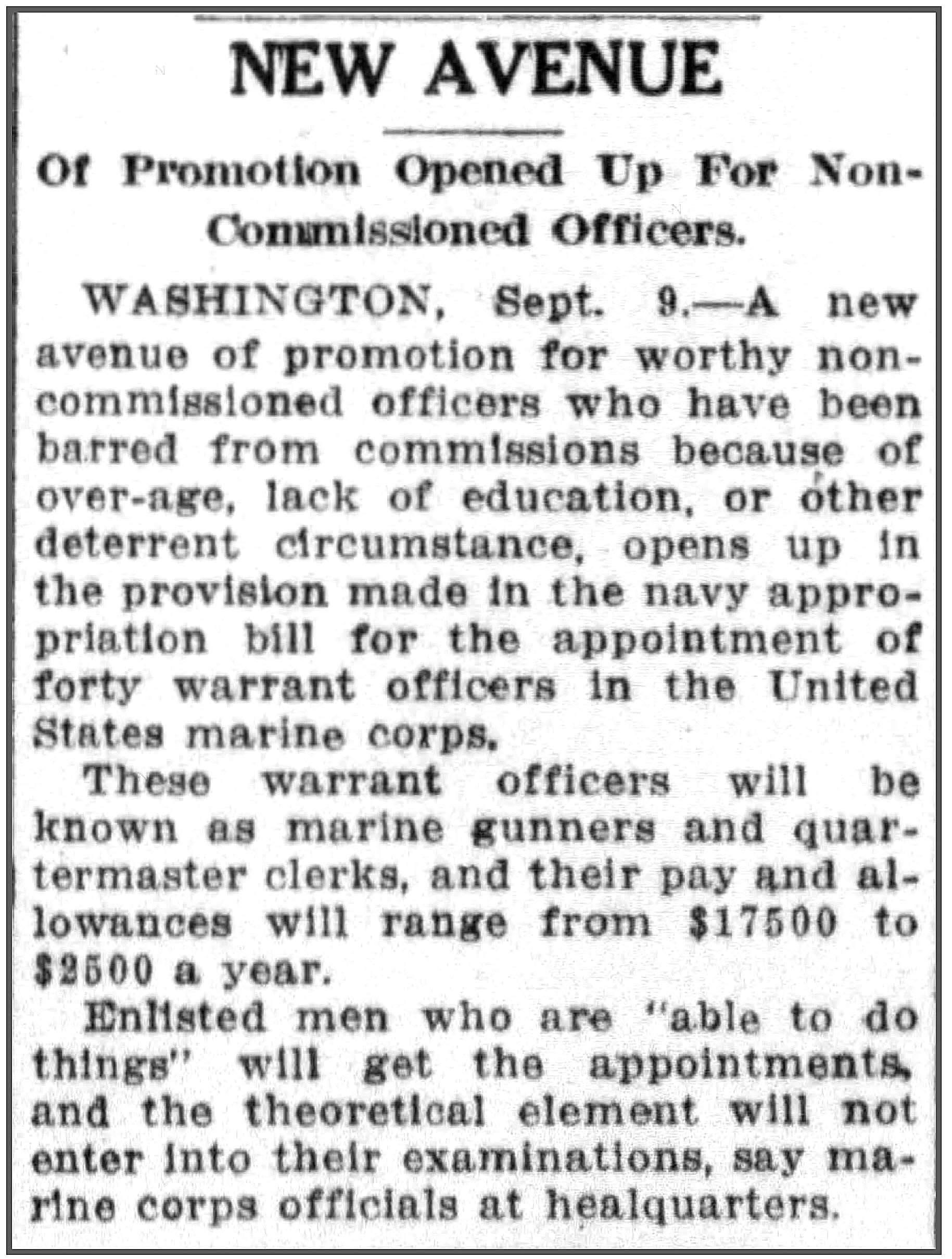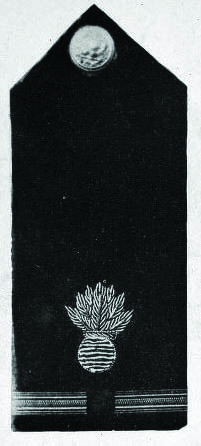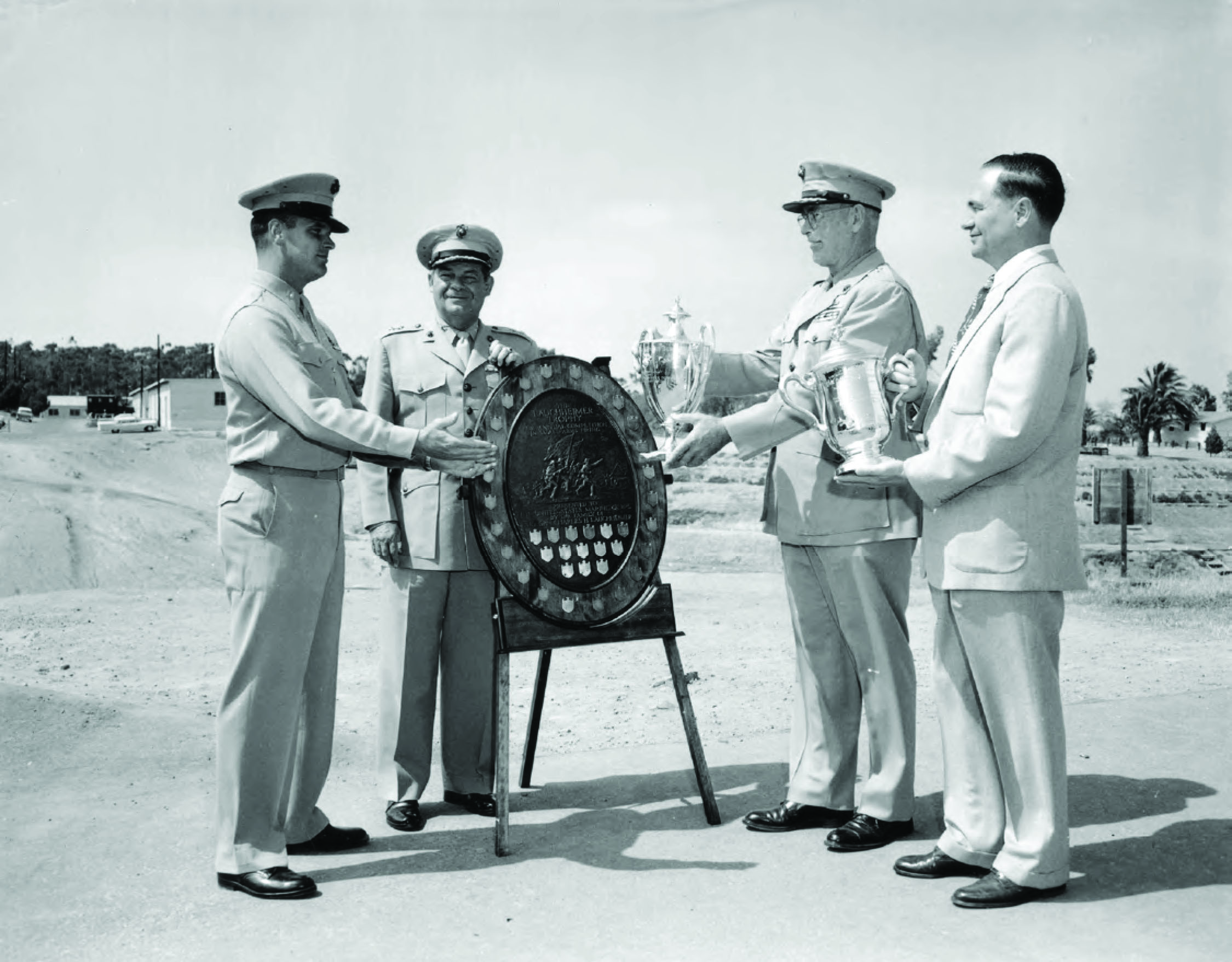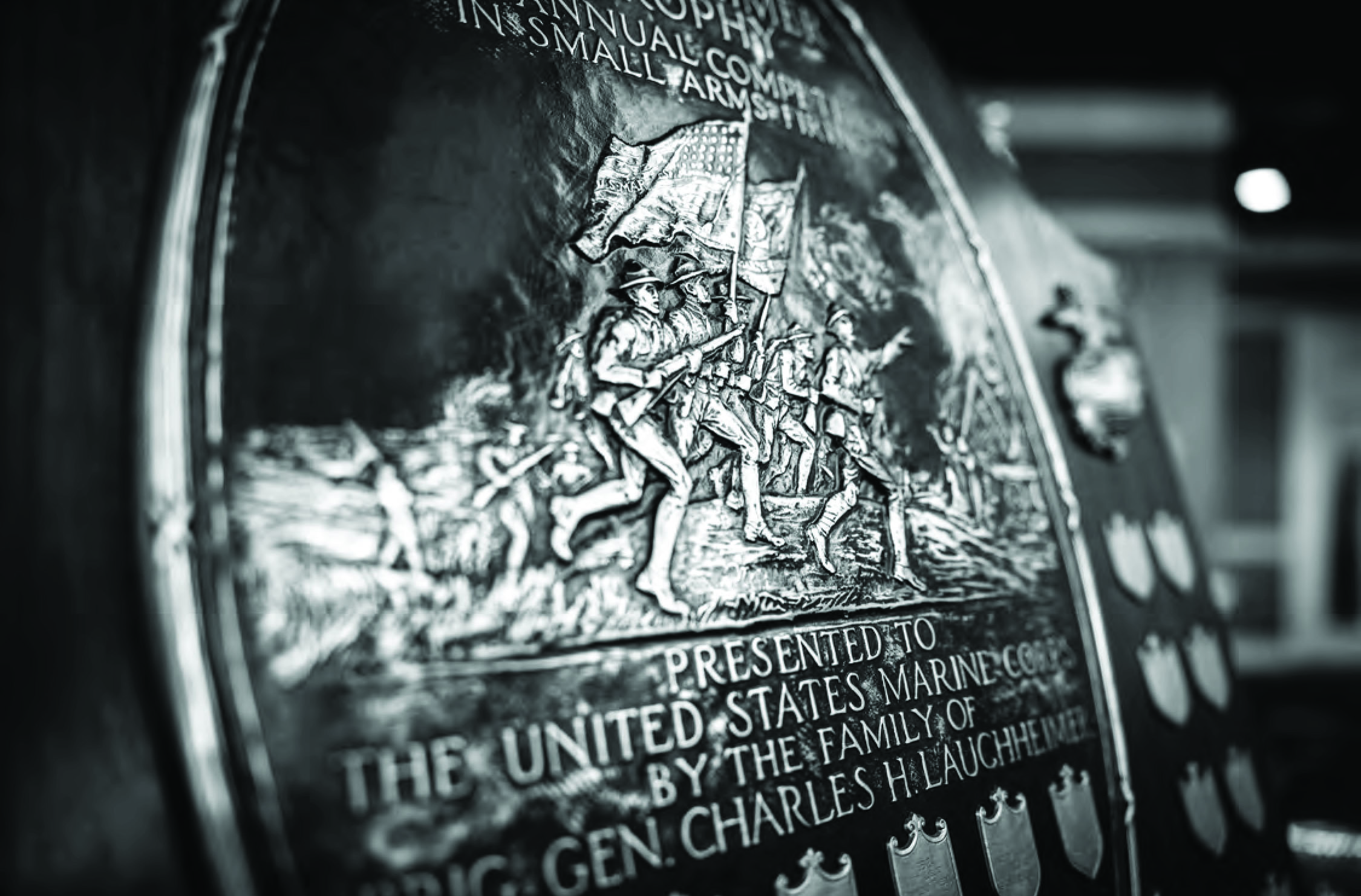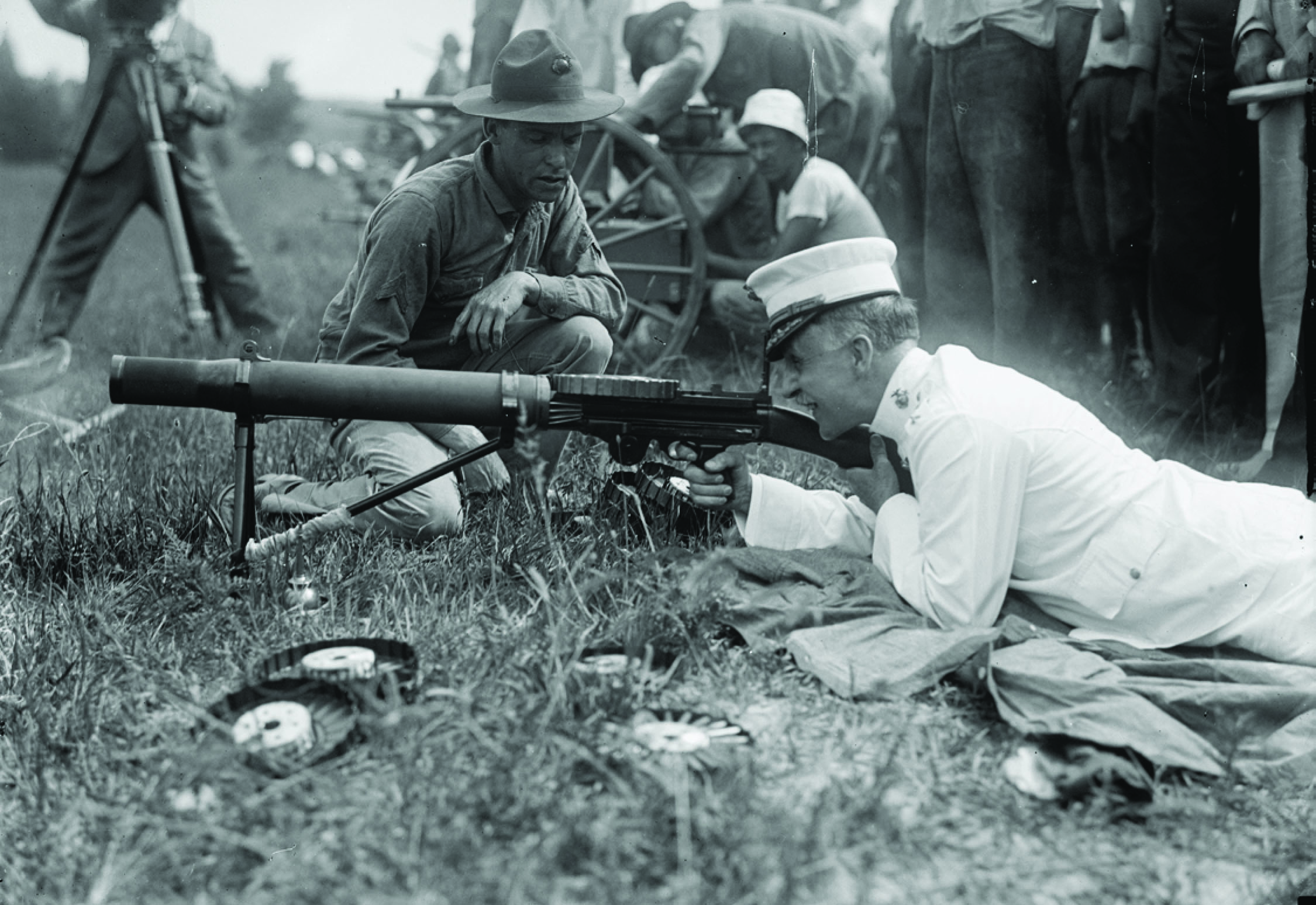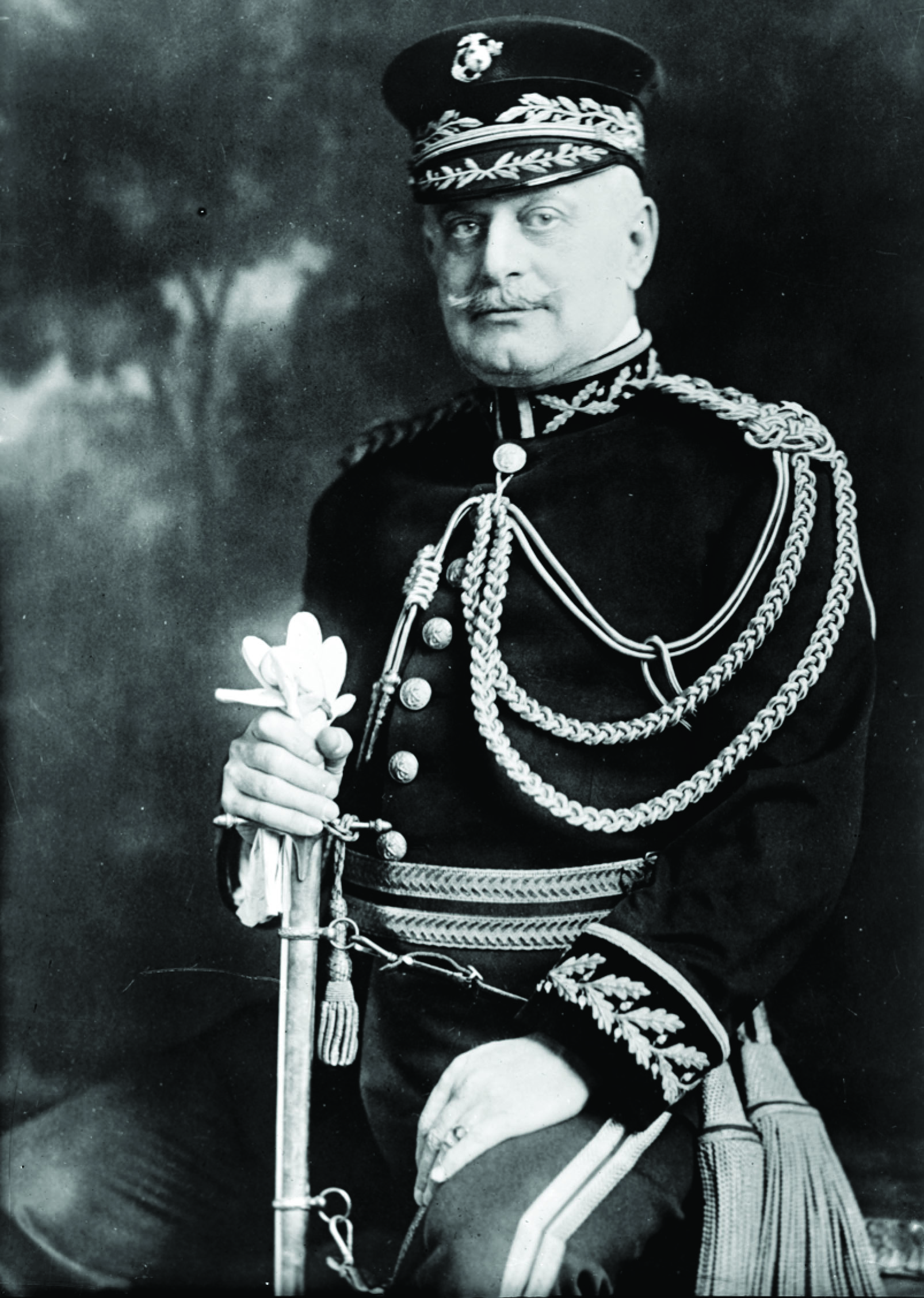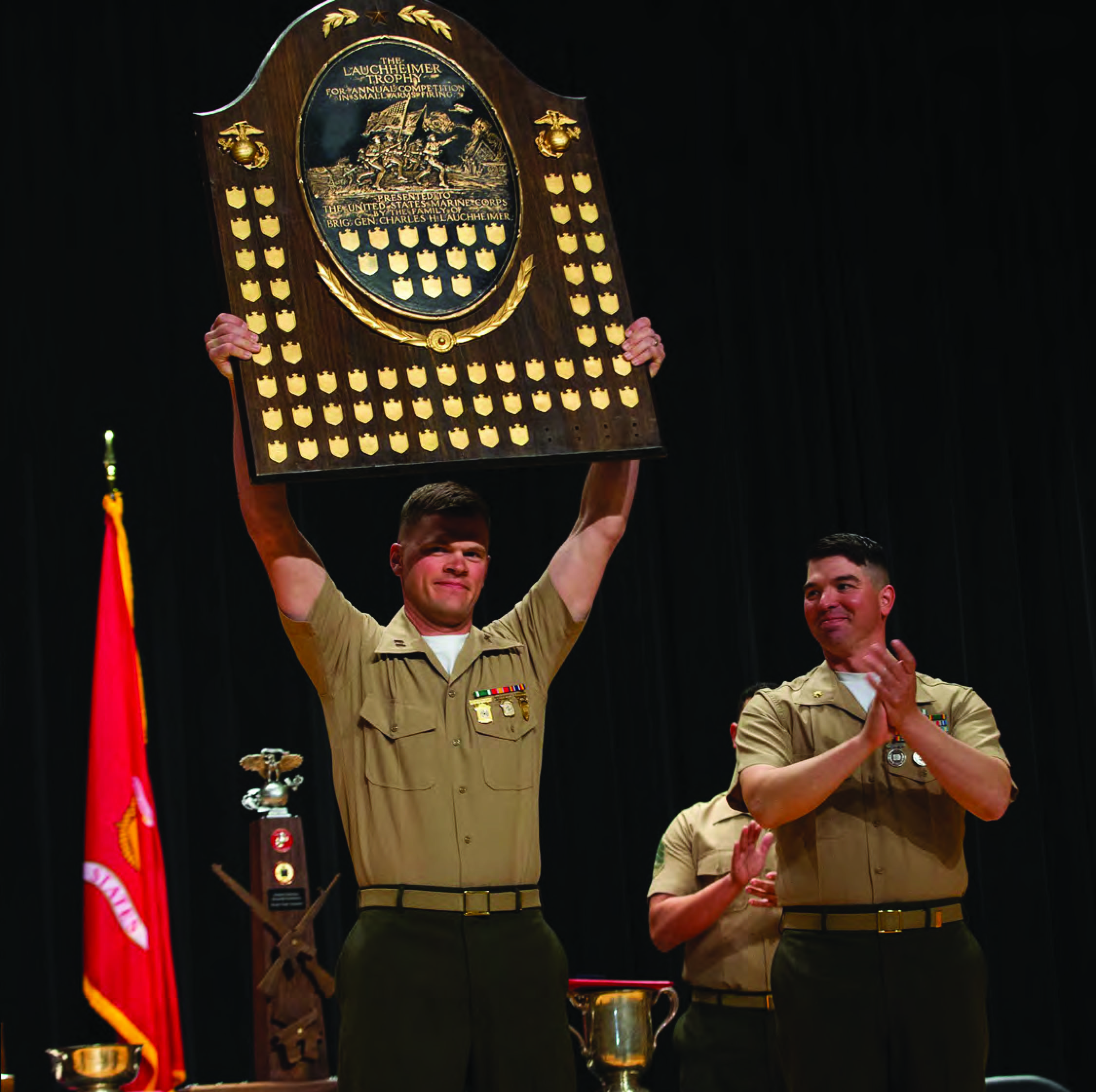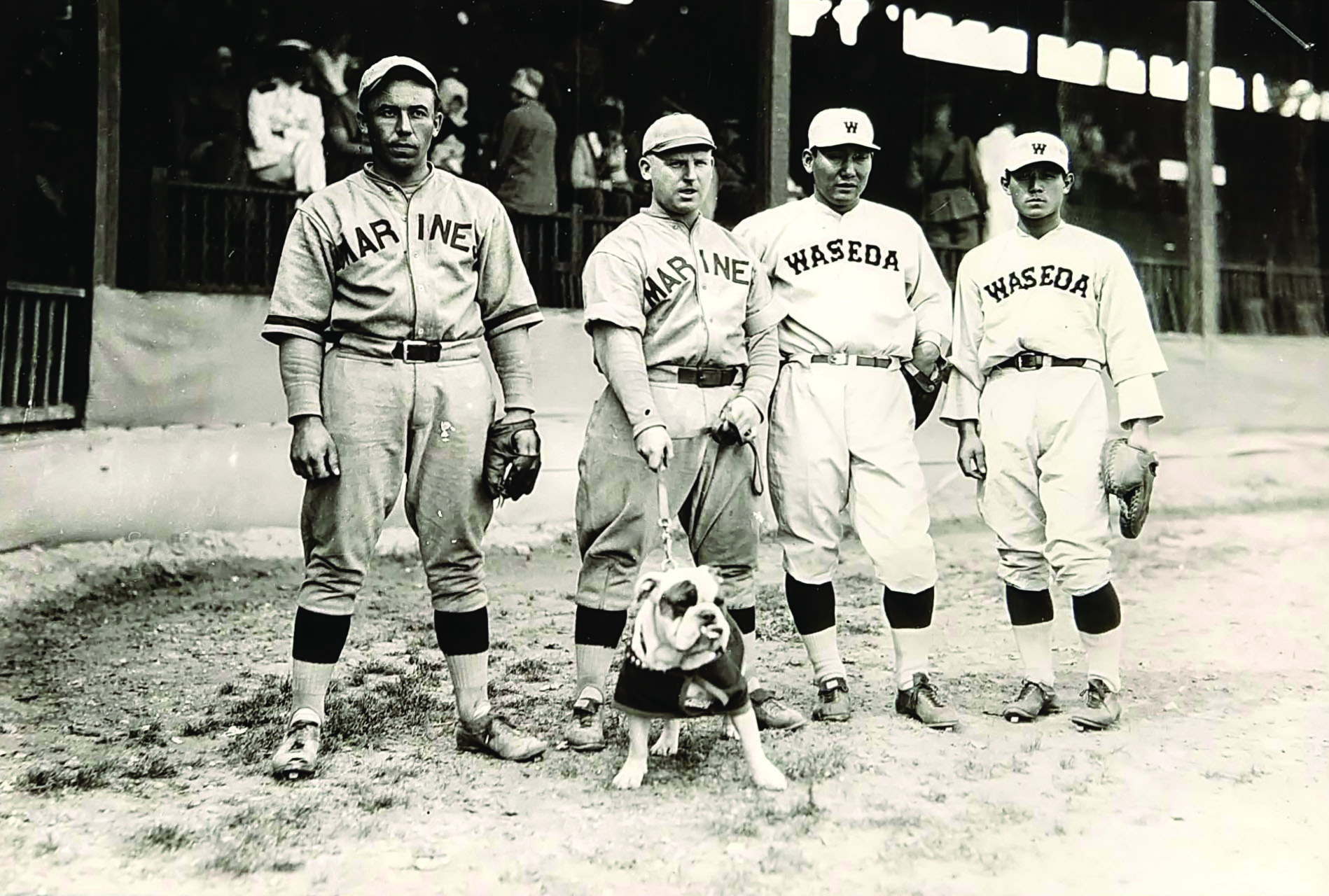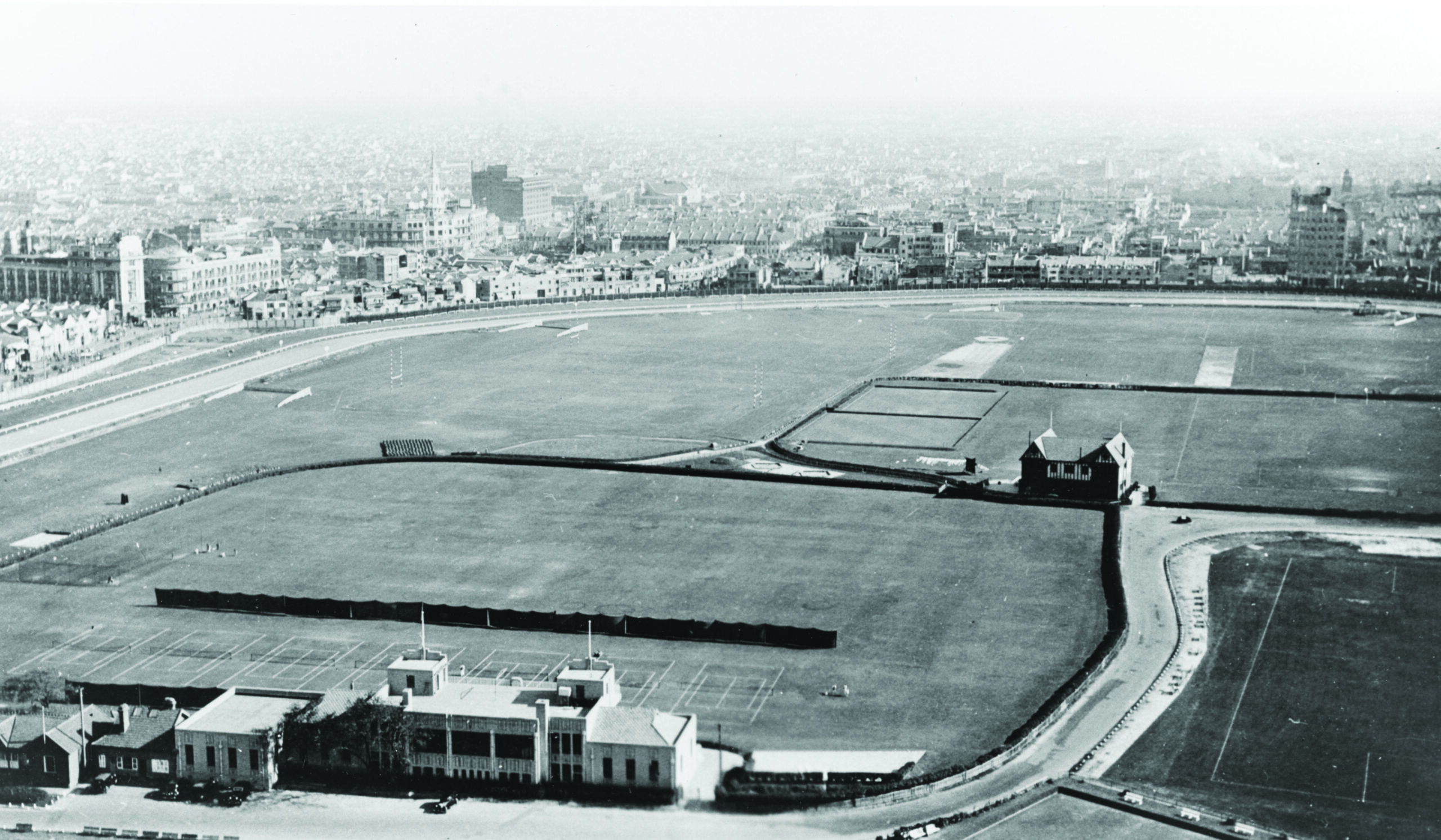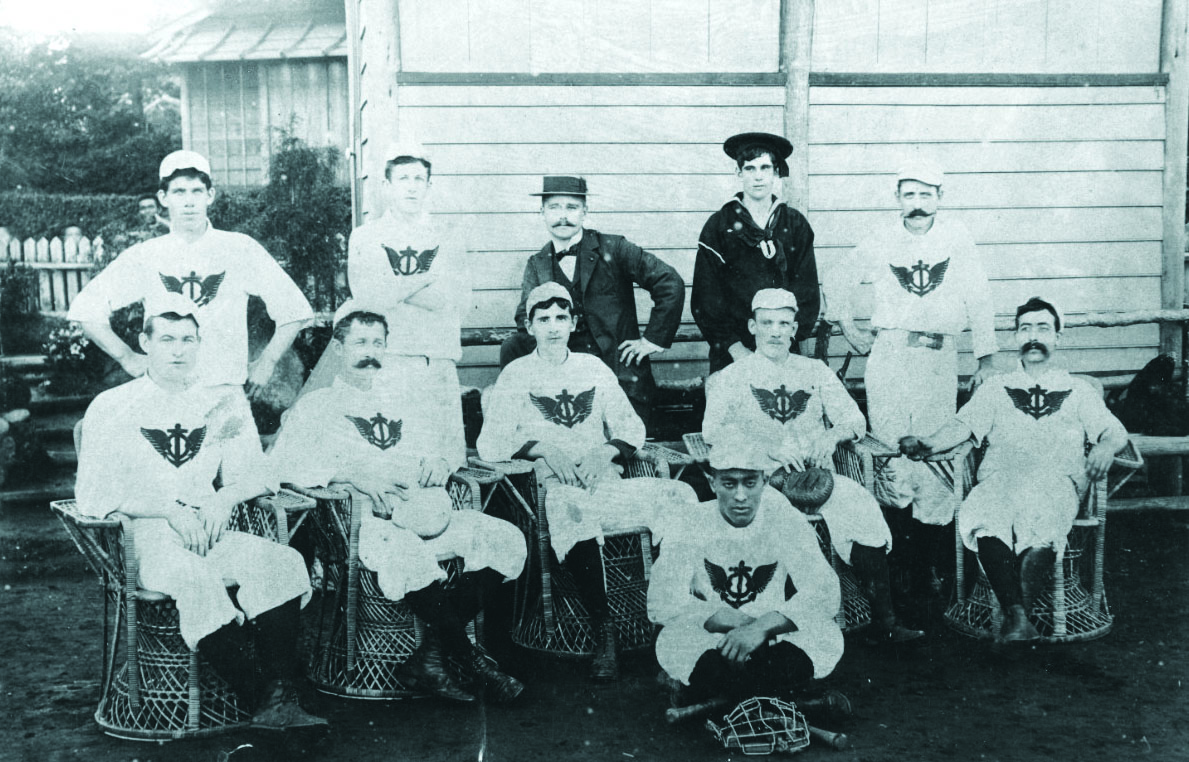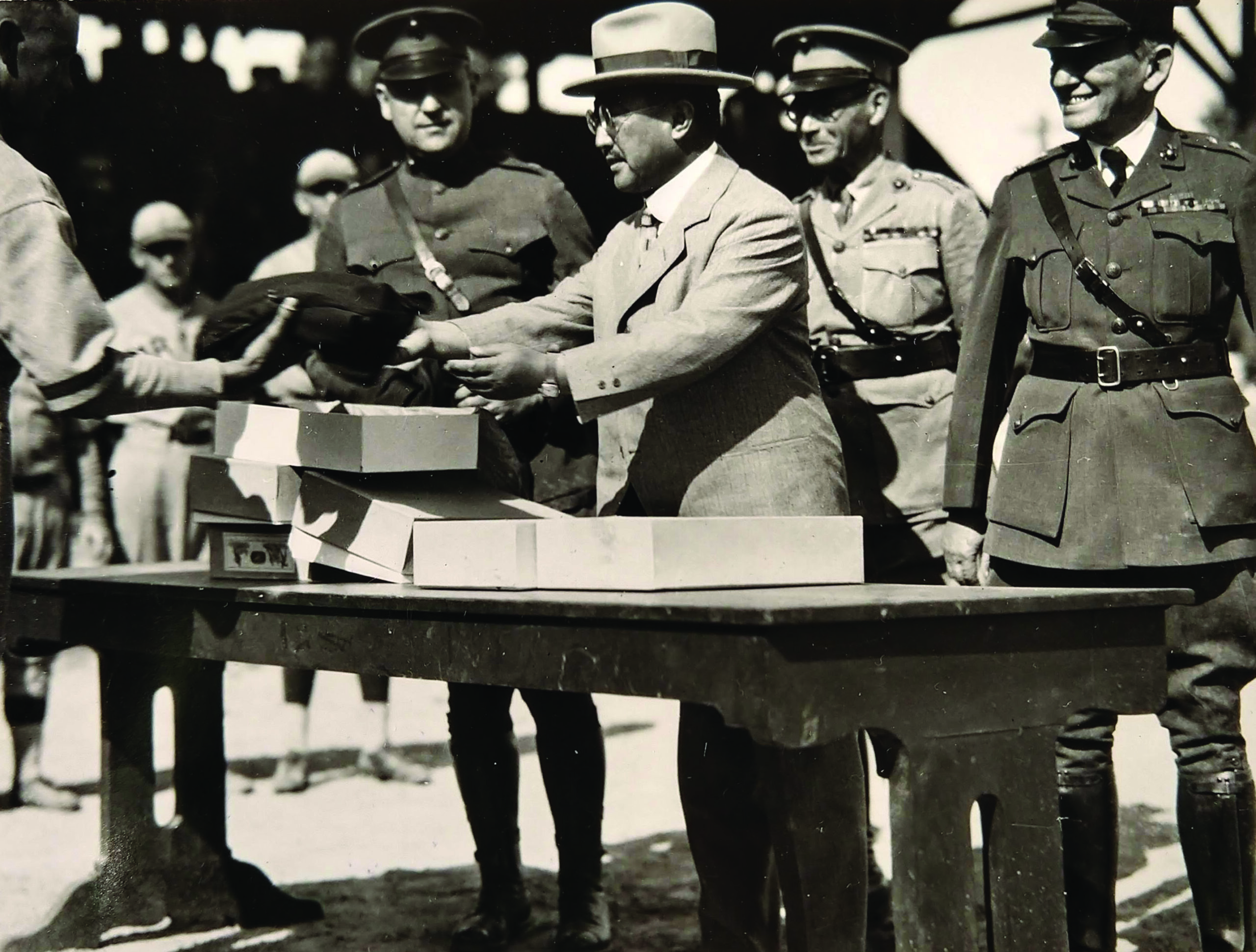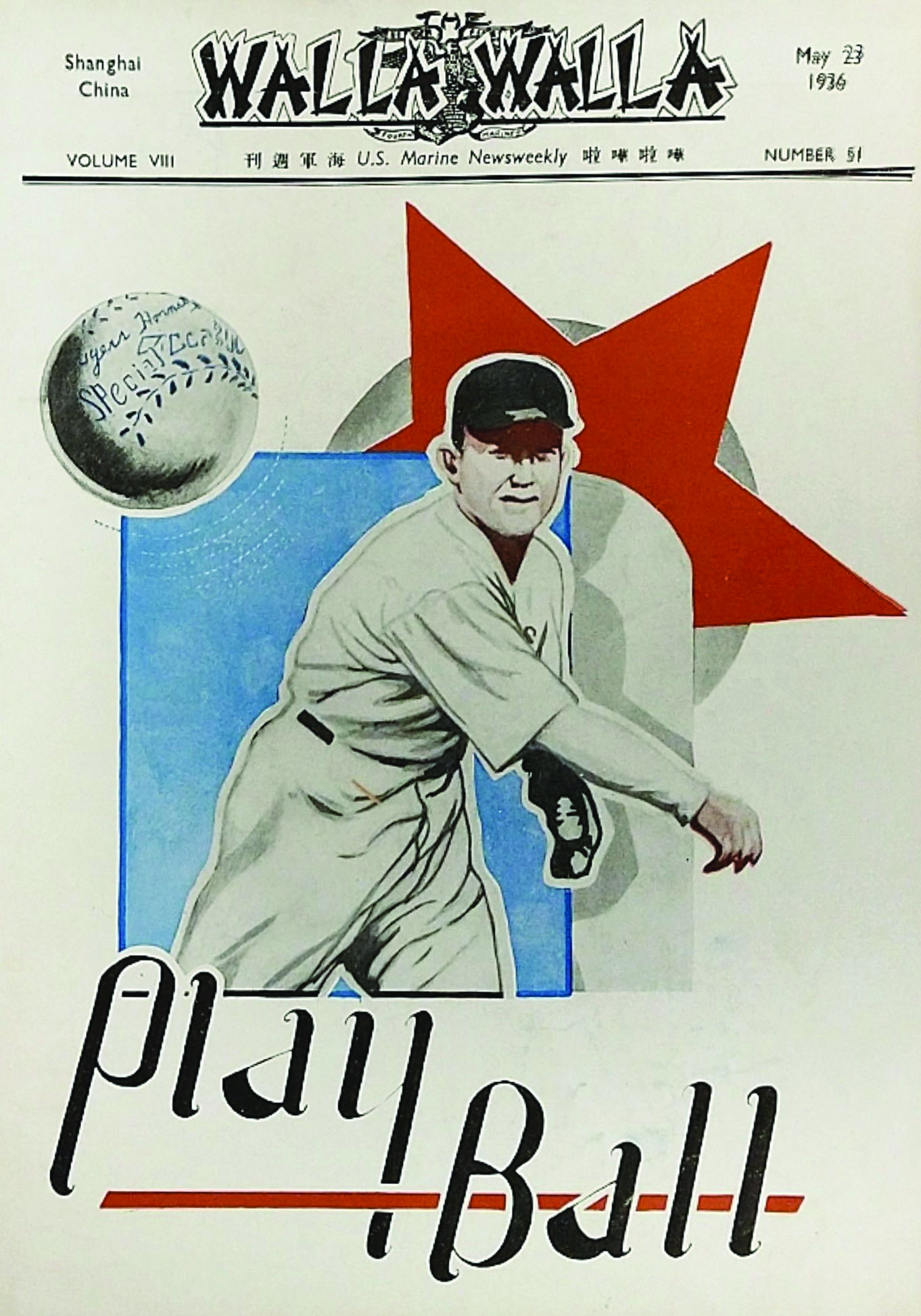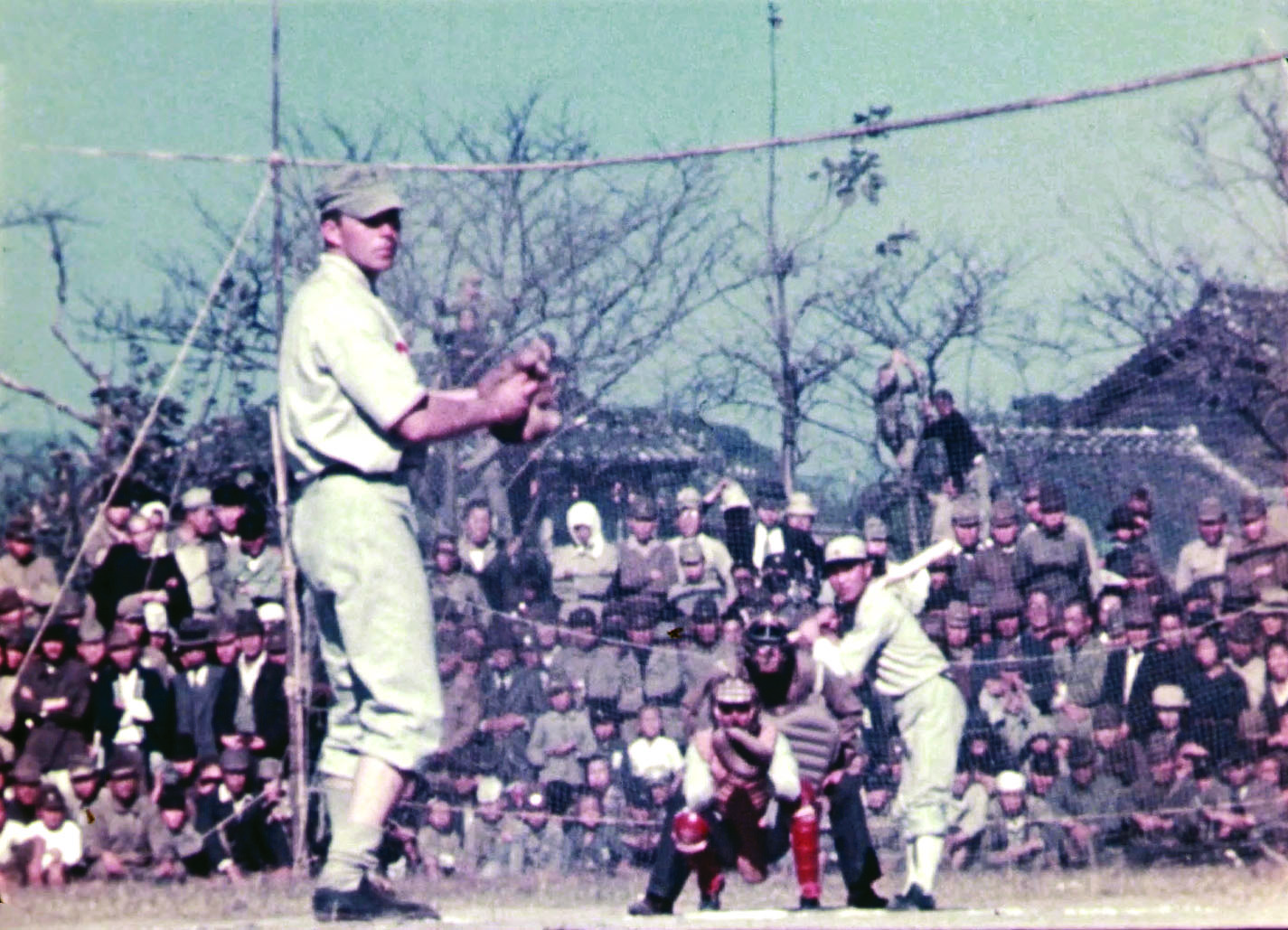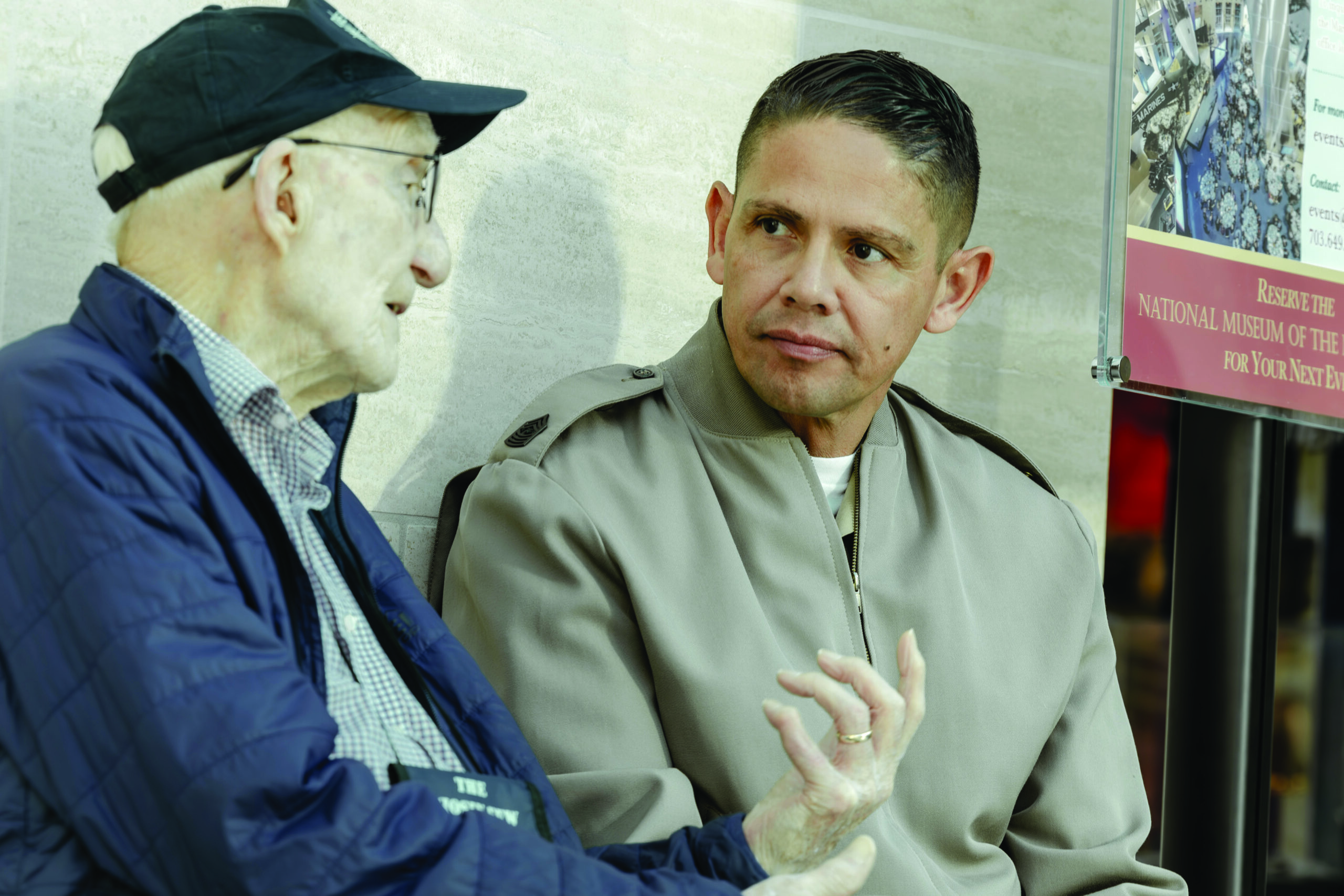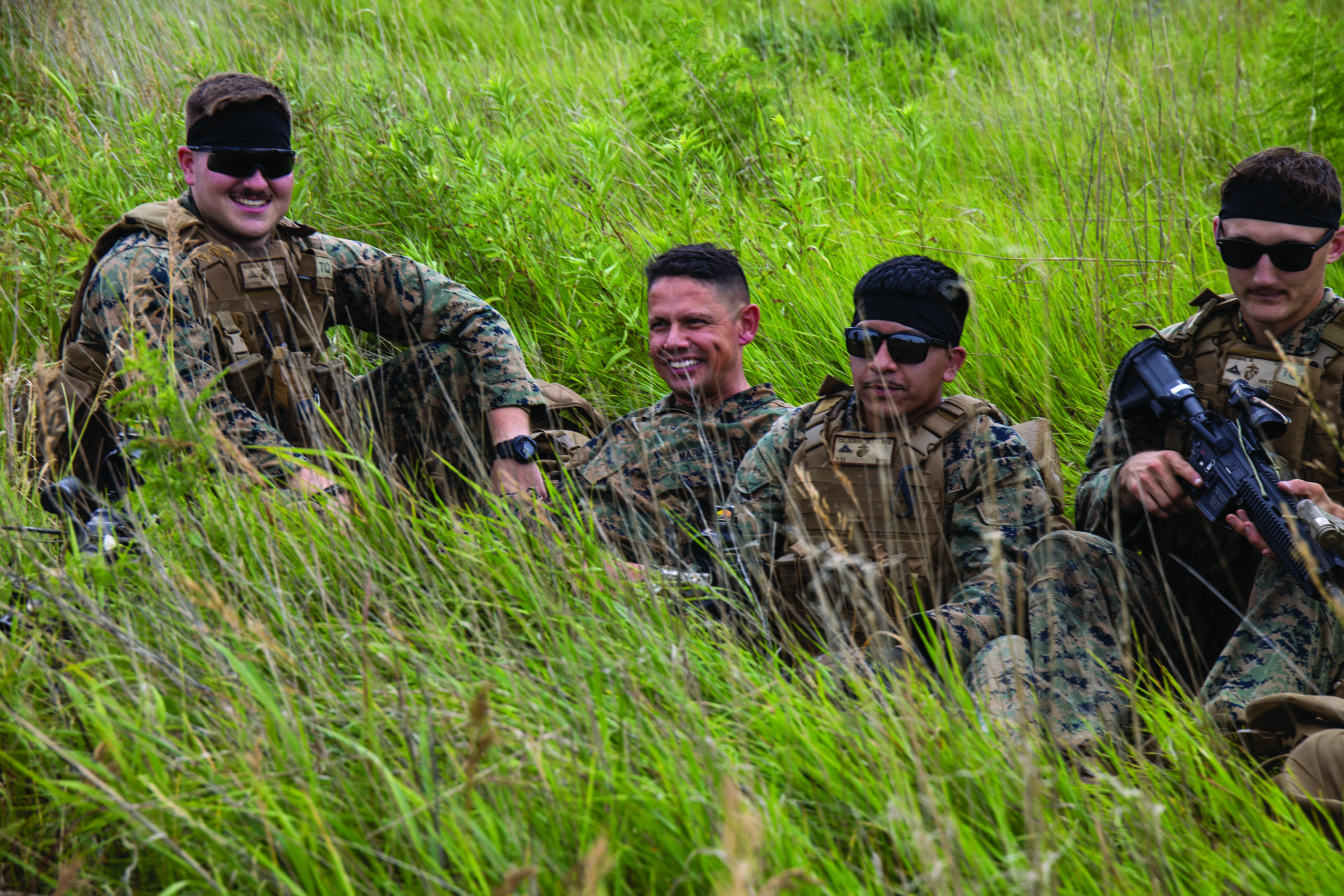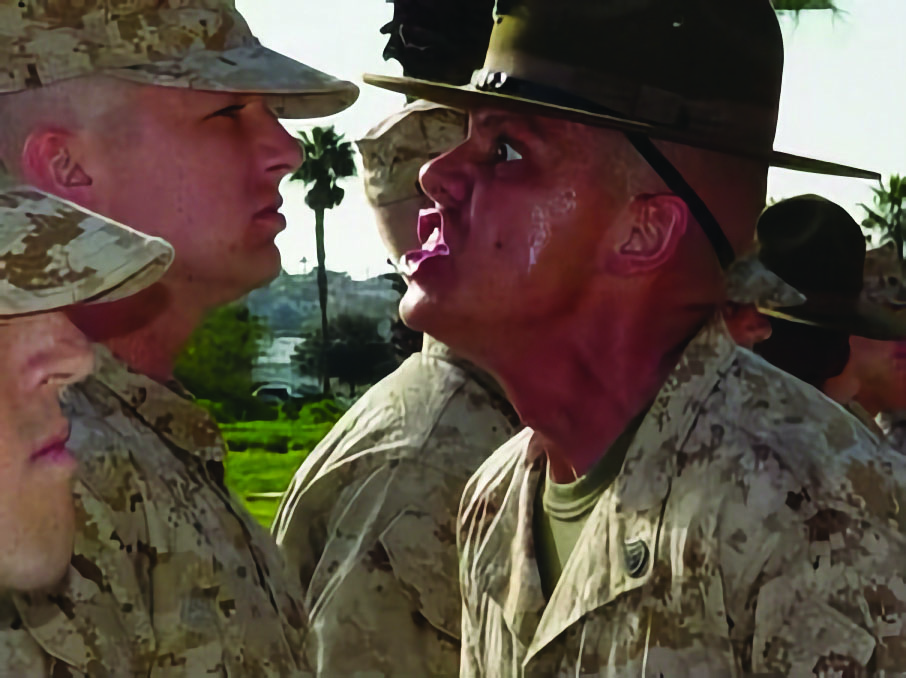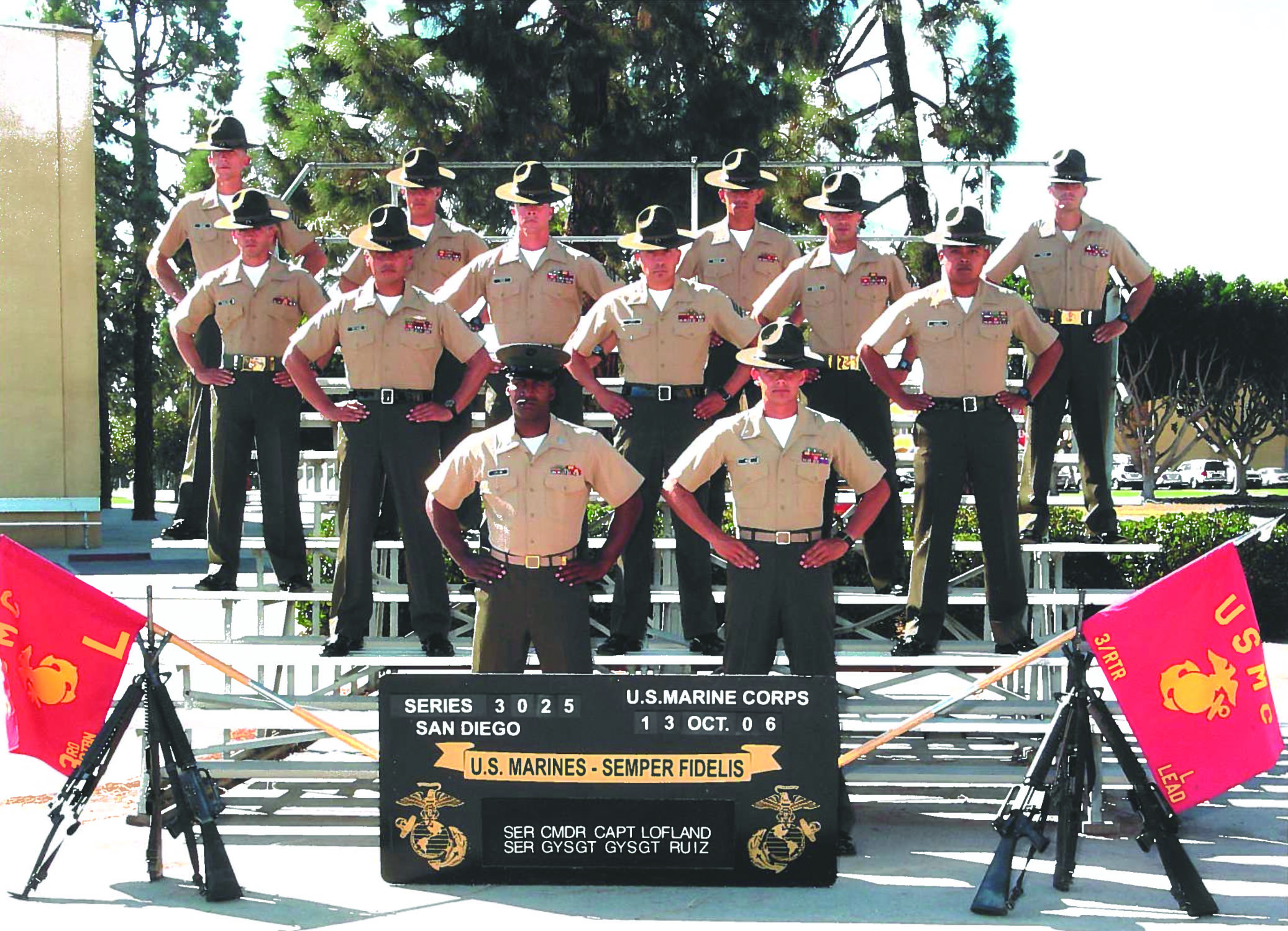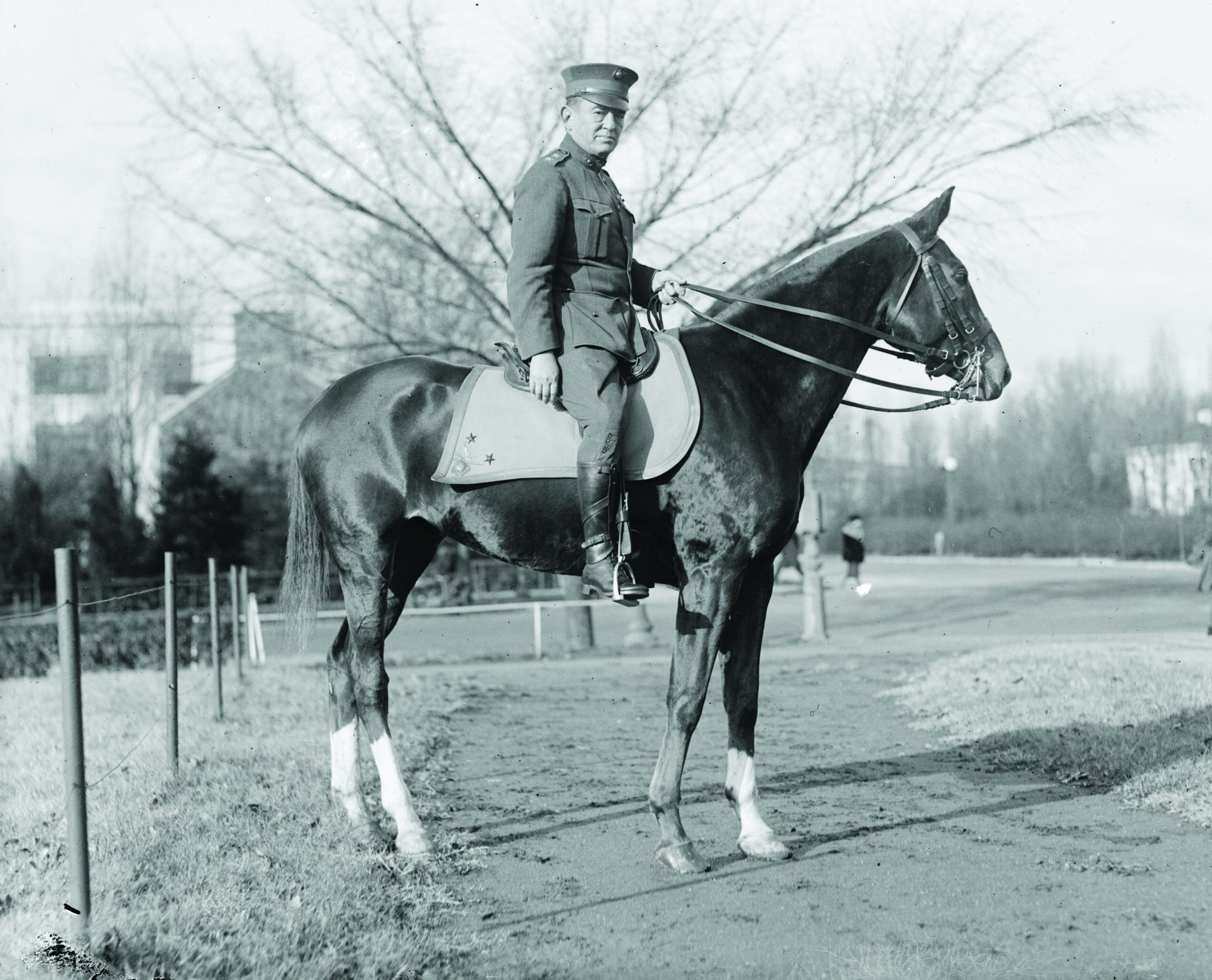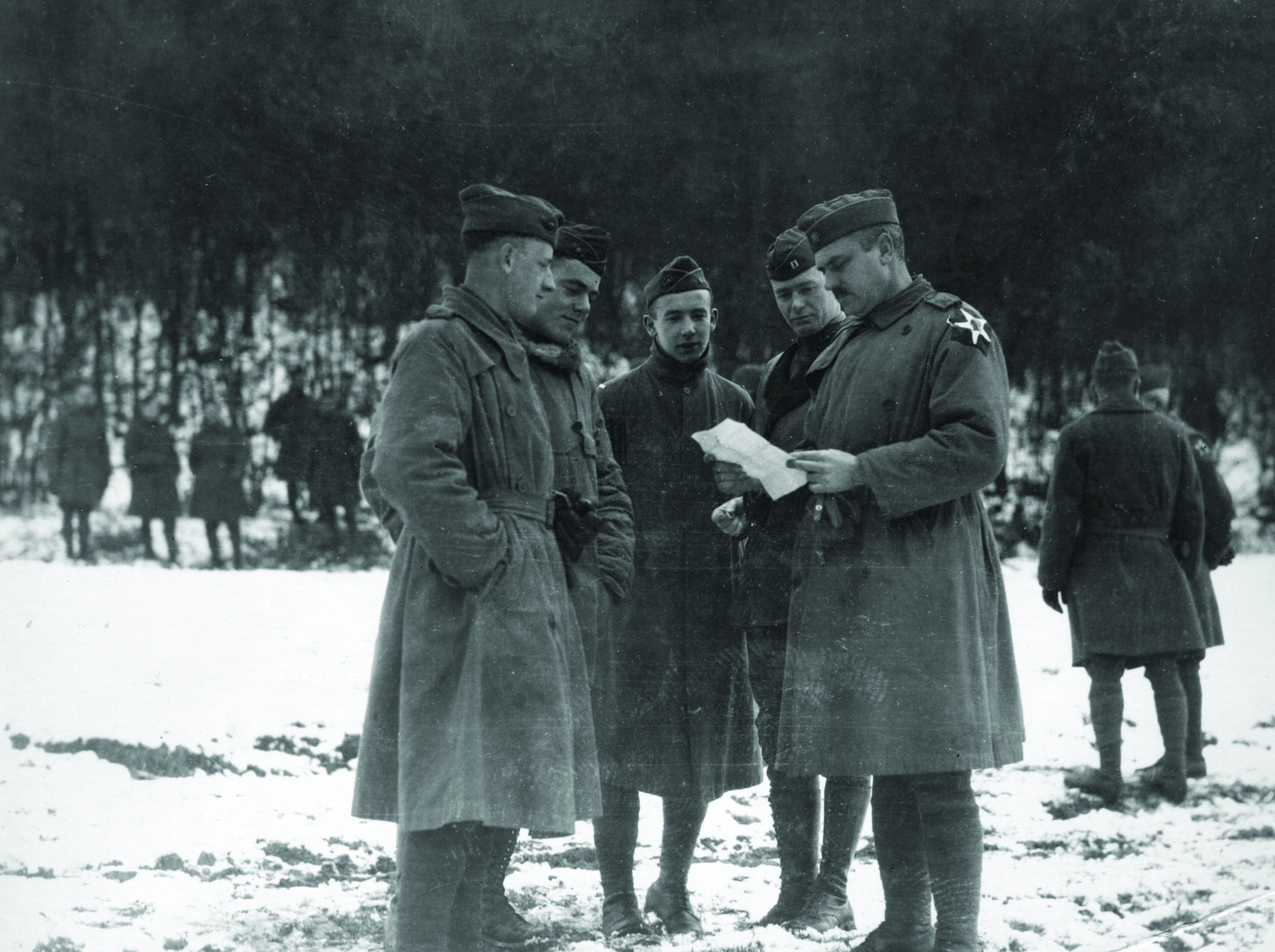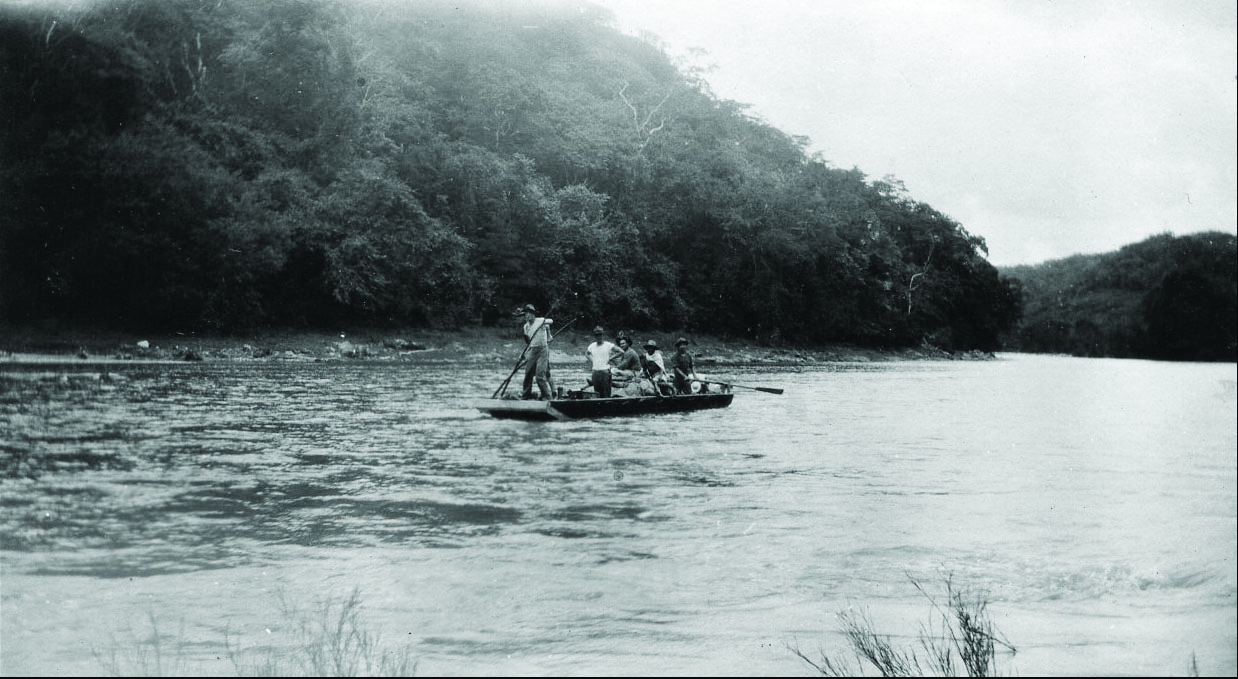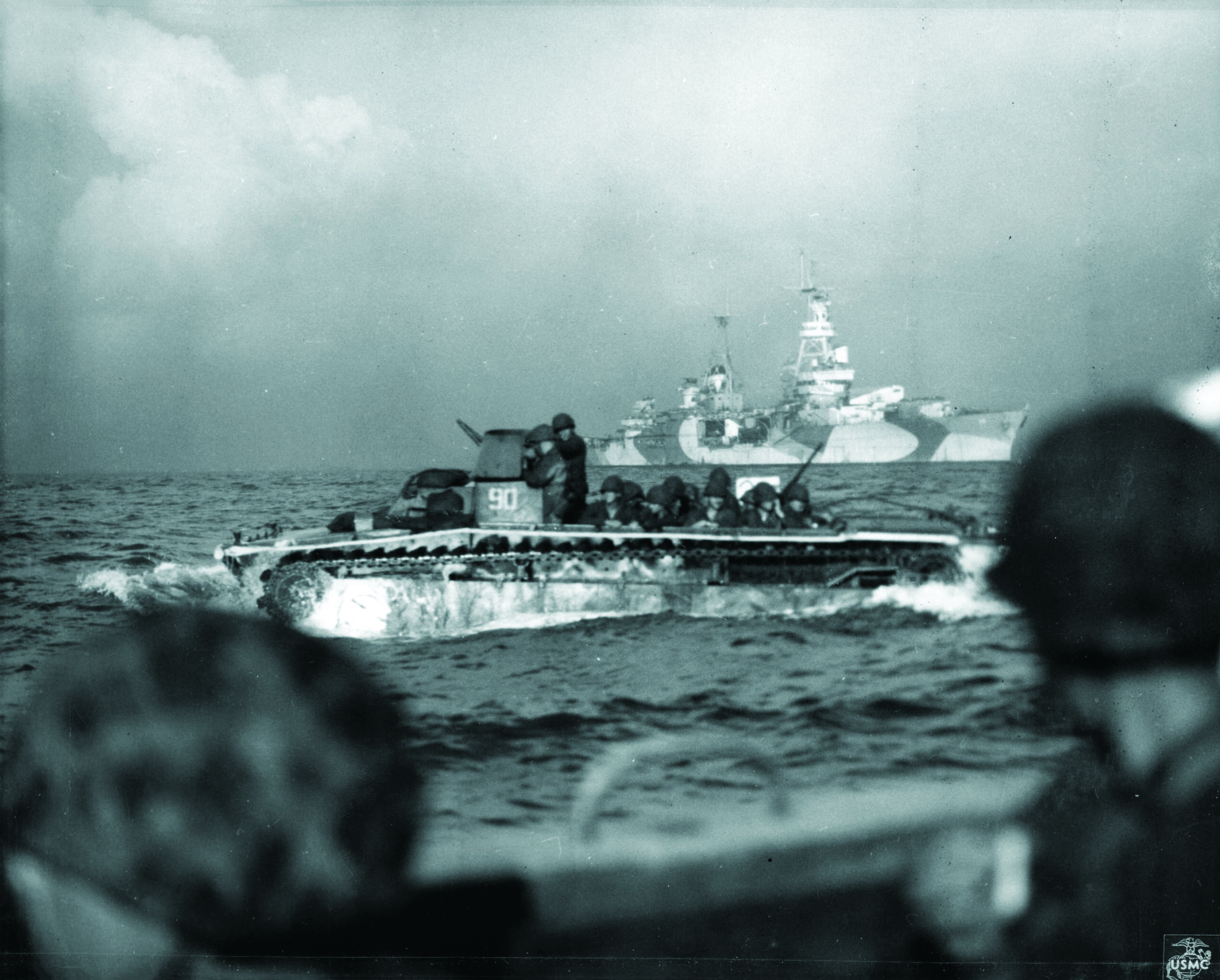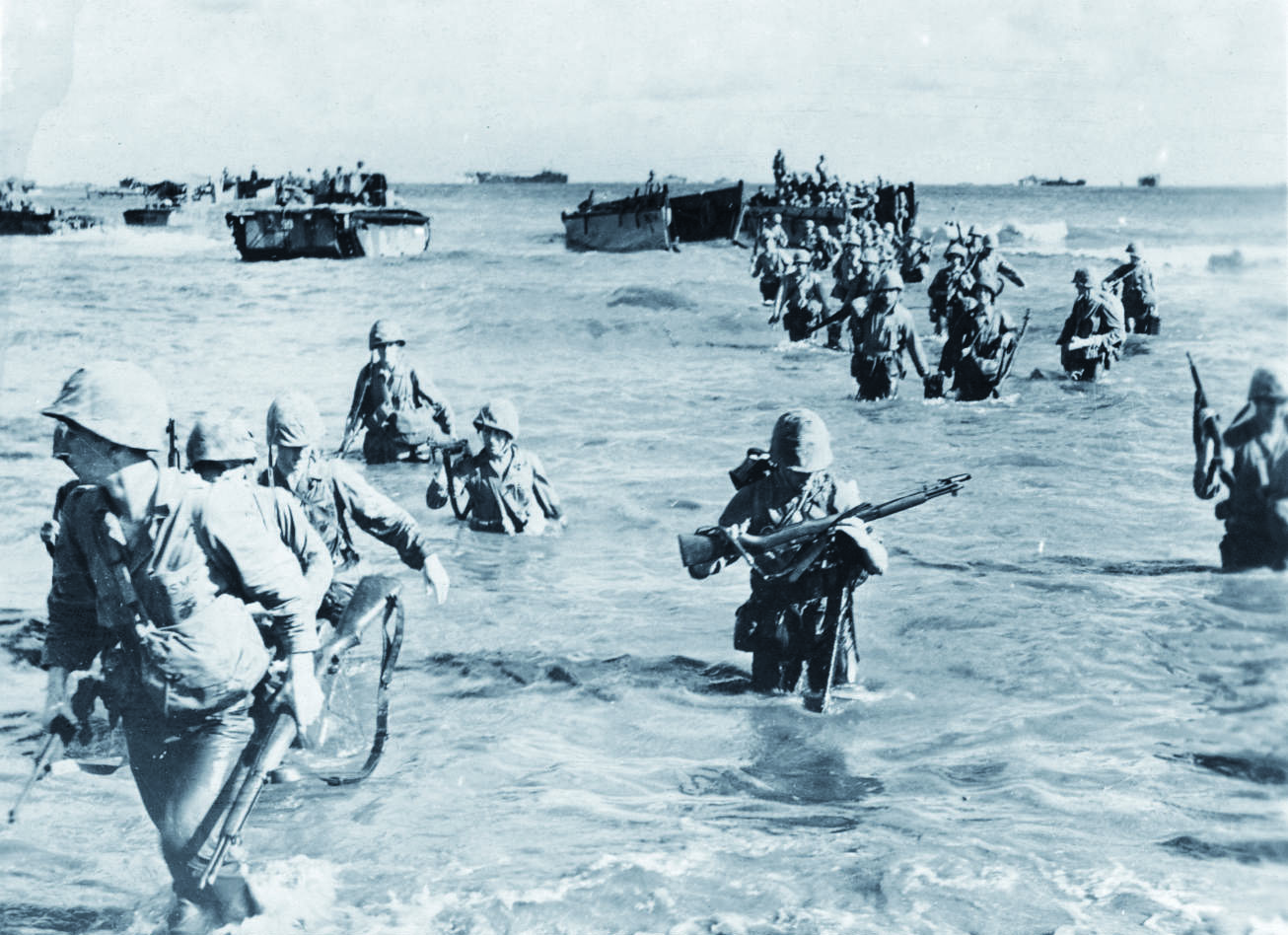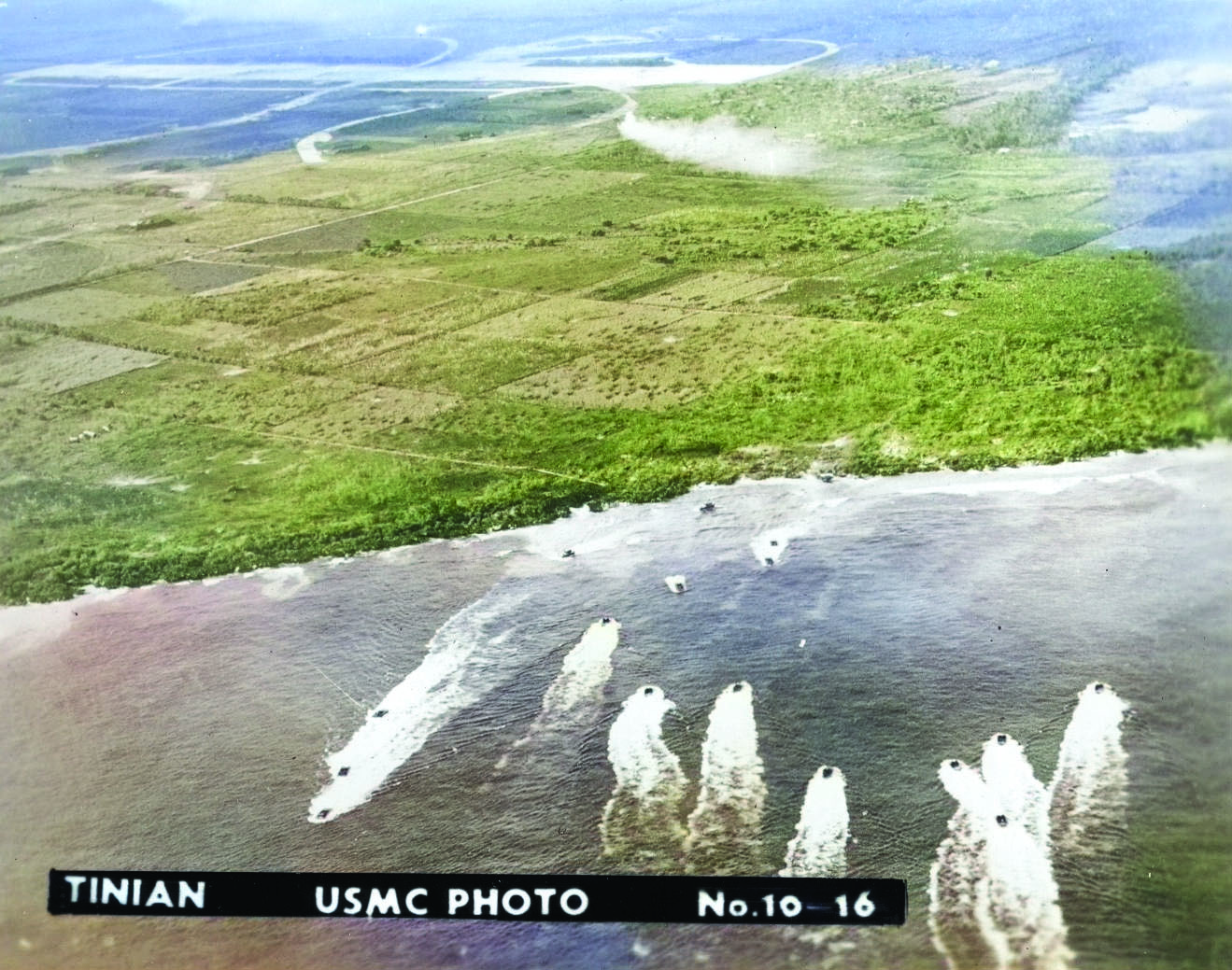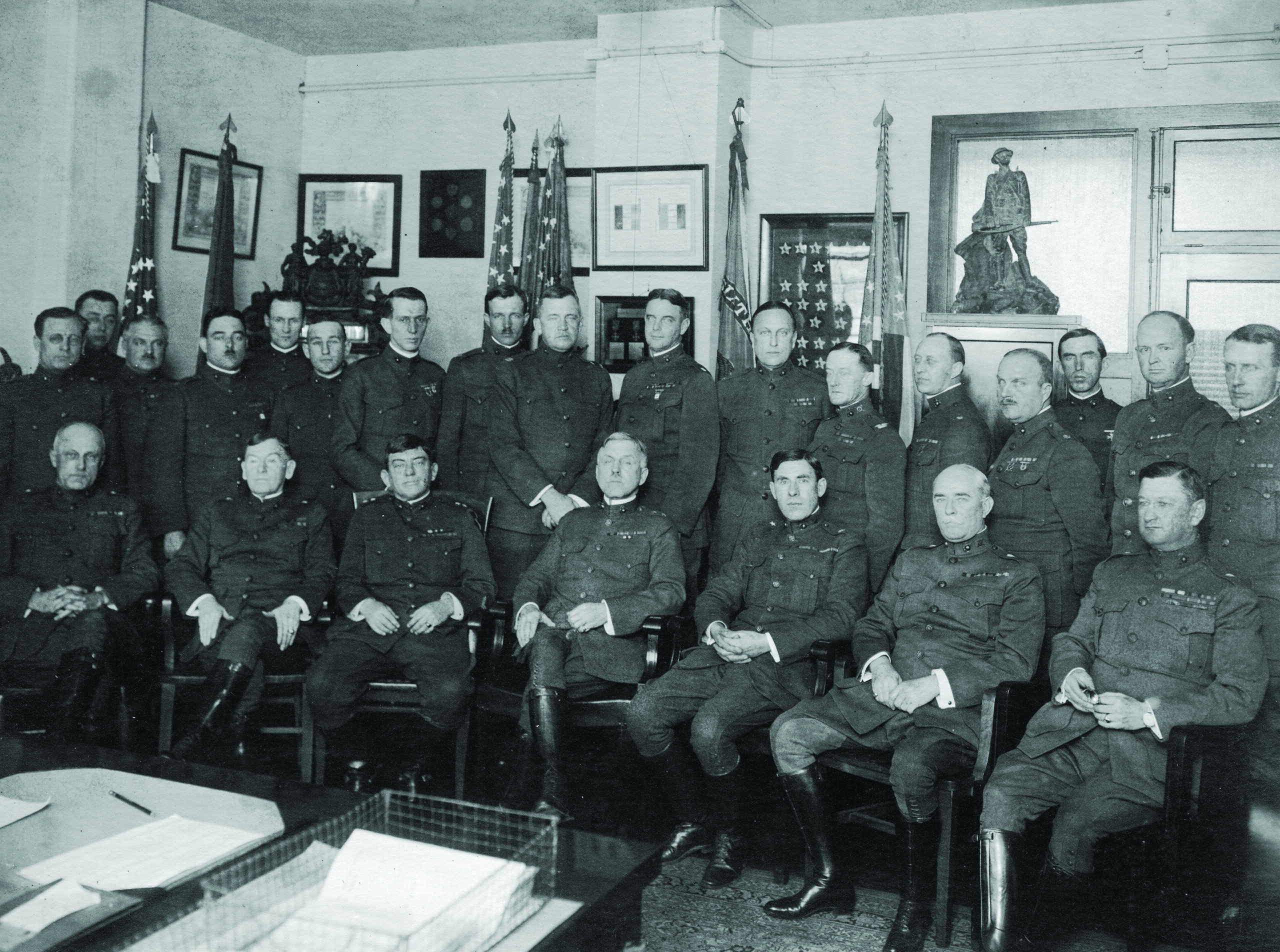At first glance, with their dissimilar camouflage and a red star on the tail, the F-5 Tigers on the flightline don’t appear to be American aircraft. A closer look will reveal “Marines” emblazoned boldly on the fuselages. These F-5s belong to Marine Fighter Training Squadron 401, currently the only adversary squadron in the Marine Corps. Stationed aboard Marine Corps Air Station Yuma, VMFT-401, the “Lucky Snipers,” are an expert team of pilots and support personnel who play an integral role in honing Marine Corps readiness through their use of dissimilar air combat training (DACT). In other words, they play the “bad guys,” and they are very good at it.
Squadron History
VMFT-401 was activated in 1986 in response to a growing need for DACT for Marine Corps aircrews. DACT places aircraft of different types against each other in simulated combat with the goal of providing realistic training and sharpening the ability of American aircrews to counter peer or near-peer threats. For this training to be successful, the adversary needs to present an authentic opponent, and adversary pilots need to be expert in the employment of “red” tactics as well as their own.
Beginning in the 1960s, following losses in the skies over Vietnam, the Air Force and Navy began to develop and implement more intentional air combat training as they stood up their adversary squadrons. In the 1980s, as the Marine Corps adopted the F-18 Hornet, a fourth- generation fighter, the need arose for those Marine aircrews to train against a peer or near-peer adversary, and VMFT-401 was created. The first aircraft to come to the squadron were F-21 Kfirs from Israel. The Israeli pilots worked closely with the Marines of the squadron to integrate the aircraft, and the pilots trained with Navy and Air Force adversary units. In 1989, the squadron transitioned to the F-5 Tiger, a simple but robust aircraft capable of Mach 2 with a service ceiling of 50,000 feet.
Lucky Sniper Pilots
Today, VMFT-401 flies many types of missions with the F-5, all in support of the Fleet Marine Force. Though they focus heavily on air-to-air combat training, the Lucky Snipers also fly sorties to train ground defense units to hone their aircraft detection and neutralization skills, help train rotary-wing aircrew to counter air-to-air threats, and aid in the development of training programs. “Our job is to keep the Marine Corps from fighting the last war,” said Lieutenant Colonel Eric Scherrer, commanding officer of VMFT-401. “We don’t know exactly the enemy that we’re going to fight next, and we don’t know exactly what they’re going to do. That’s where I come in. I study that enemy.
And so when I go, when I provide fleet support to squadrons across the Marine Corps, I’m going to fight them in a way that one of our peer or near-peer adversaries will fight.” As the Marine Corps’ only squadron dedicated to acting as the opposing force in simulated air combat, VMFT-401 most often provides support for Marine fighter/attack squadrons, fleet replacement squadrons, and for large scale exercises, like Weapons and Tactics Instructor Course and Marine Division Tactics Course.
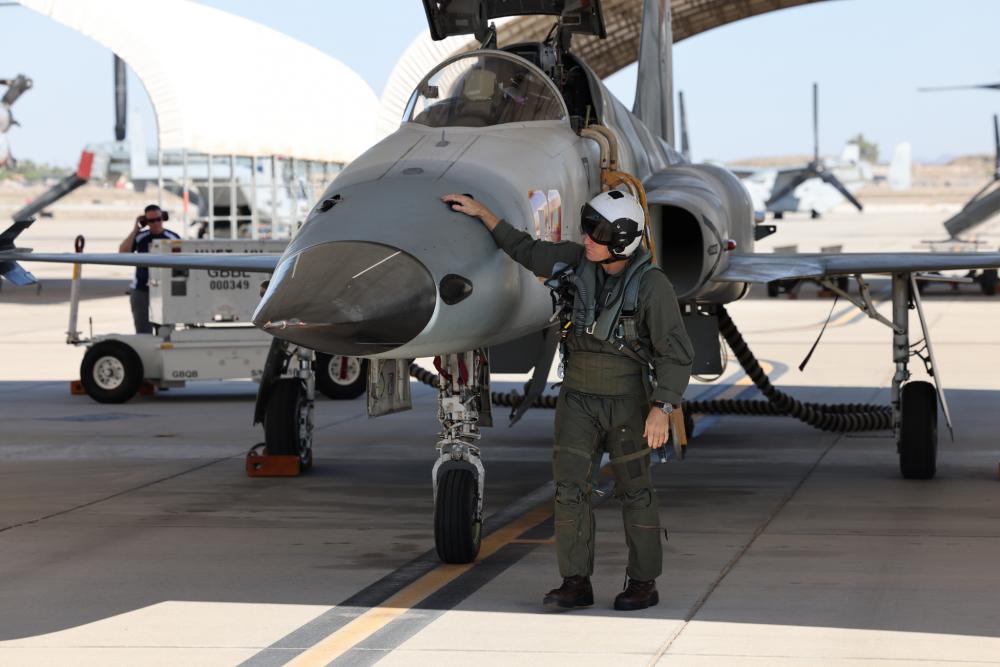
A defining feature of the unit is their wealth of experience, which greatly enhances their ability to carry out this mission. Each of the pilots is seasoned, having already flown multiple tours in the fleet. “There are so many deployments in the squadron. I don’t know how many combat tours or real-world tours that we all have,” said Major Joel Adolphson, a pilot with VMFT-401. “And the goal is to use our experience, our knowledge, to better train the fleet. There are thousands of hours of experience between everybody that flies here, so we use our experience and expertise not only to accomplish their training, but also to increase the quality of their training.”
Pilots come to the squadron from all over the Marine Corps, including from the active-duty and Reserve components, integrating the individual skills and specialties they’ve developed over the course of their careers into the mission here. Major Benjamin VanWingerden, a pilot currently assigned to VMFT-401, flew the F/A-18 in Iwakuni, Japan, before coming to the Lucky Snipers. “China was one of the threats, and it definitely ramped up while I was there,” Maj VanWingerden said, “so we had quite a few briefs when I was there. I leveraged that when I got here to try to push to the local squadrons to up their training. Because we don’t want you to go out trained to a minimal threat. That’s the mentality I bring to the Snipers—give the hardest threat available even though sometimes they don’t like it. I’d rather have them survive than get shot because they’re not upping their training.”
The squadron is also unique in its manpower. Assigned to the 4th Marine Air Wing, VMFT-401 is a reserve squadron with a roughly even mix of active duty and reserve pilots. “All of my Reserve aircrew are also airline pilots. They’re very, very good aviators,” said LtCol Scherrer. “They add a lot of safety and a lot of maturity to the squadron, and experience that you wouldn’t always have. So, I see it as a great gift.”
Knowledge of Tactics
Adversary squadrons, and VMFT-401 in particular, are characterized by a deep knowledge of the tactics of peer and near-peer threats. This knowledge is acquired through study and experience. The pilots not only need to know red tactics, they need to be able to employ them in order to provide formative training. “I’m very fortunate because all of our pilots are very experienced. They’ve done at least one full fleet tour before they come to us. So, they’re very well versed in blue tactics, and they’re very experienced in the airplane.” said Scherrer. “They have to learn how to fly the F-5, but they already know blue tactics, and they already have a basic understanding of what red tactics are. Then it’s just a matter of taking them from the blue side and indoctrinating them into the red.”
To become expert in red tactics, every pilot goes through further advanced training to hone their adversary abilities, usually including either the adversary course at the Navy Fighter Weapons School, more commonly known as TOPGUN, or through Marine Corps Weapons and Tactics Instructors Course, where they’ll serve as adversary mission commanders. Each of the pilots also becomes a subject matter expert in a relevant field. “We’re very closely tied in with the 64th Aggressor Squadron out of Nellis Air Force Base,” said Scherrer. “They’re really the red adversary subject matter experts. Every one of our pilots goes up there to be a subject matter expert in everything from doctrine, to aircraft and missiles, to tactics. So, everyone that’s here, including myself, goes to train in that capacity.”
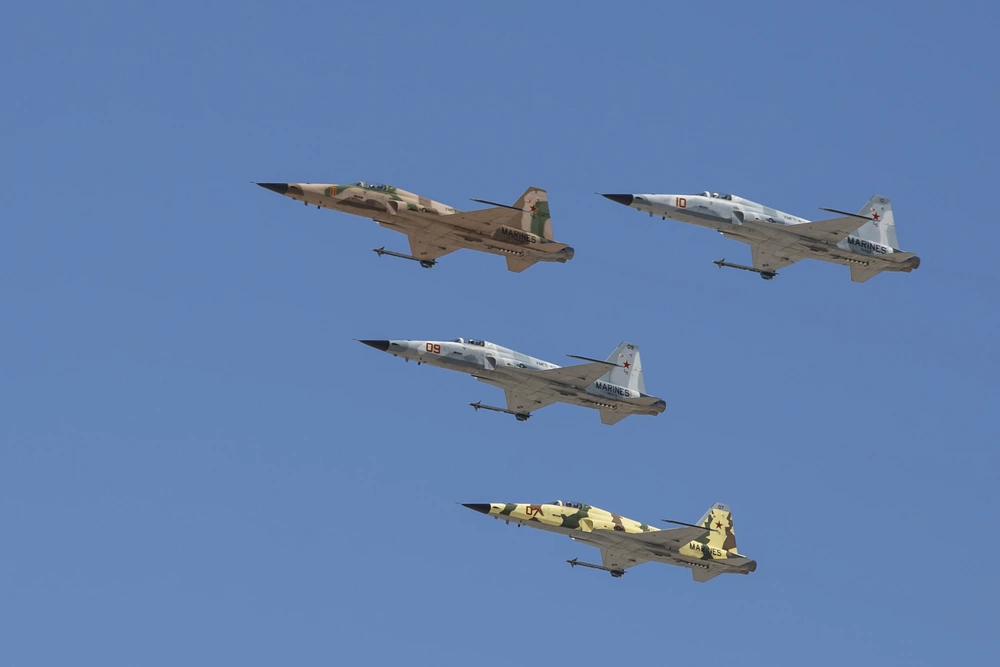
After becoming a subject matter expert in a particular area, whether it’s a specific aircraft or weapons system, each of 401’s pilots can pass that knowledge on to others in the squadron and share it with other squadrons. They provide presentations on their area of expertise to pilots in the fleet and use this expertise to enhance the realism of their training scenarios. “Rarely do we have a vanilla problem for them to solve. Most of them are very difficult, especially for the weapons course,” said Maj Adolphson. “It’s extremely difficult sometimes, so that they’re better prepared when they actually go do the real thing, if that does happen.”
The scenarios themselves are not difficult just for the sake of being challenging. It’s all directed toward the formation of top-of-the-line combat aviators. The squadron’s pilots use their knowledge to hone the abilities of aircrews and provide them with training experiences to call back to in the future.
“Sometimes people say ‘red punishes blue mistakes.’ If blue wins every time, no questions asked, what will be masked by that overall win are execution errors or things that they could have done better. If somebody is always telling you you’re doing a great job, naturally you’re going to think you’re doing a great job, and you might get a little lax in your execution,” said LtCol Michael Webb, VMFT-401 executive officer. “Maybe we’re going to go to combat someday and that’s going to bite you. So, I see us as the best way to not critique blue verbally, but to give them critiques of themselves. And to build confidence in their airframe, confidence in their weapons systems, and an understanding of what they can and can’t do well. It’s our job to kind of pick at that perspective that they have, figure out ways to beat them so they eventually fix that gap and then they’re unbeatable.”
Maintainers
The pilots aren’t the only ones at VMFT-401 with a wealth of experience and expertise. The squadron’s maintainers are civilian contractors, many of whom have been working with the squadron’s F-5s for well over 20 years. “We’ve still got maybe 12 or 15 guys that have been here since 1989,” said Marcel Gaud, who has been a maintainer with VMFT-401 since July 1987. He and the other maintainers credit much of their success to this longevity. They’re experts with the airframe, and they work well as a team, drawing on each other’s strengths to keep the squadron flying. Like many of the other maintainers, Gaud is a veteran Marine, having served with VMAT-102 from 1983-1986 in the same hangar he works in today. “It’s longevity … most of us are Marines here. I really think that that has something to do with it. Most of us are former jarheads, and we have the bar pretty high.” Many of the maintainers are also able to cross-train in positions besides their own and qualify to operate in positions besides their regular specialty. Their work exceeds expectations, and it allows the squadron to keep up an incredible mission capable rate for their aircraft. This isn’t taken for granted by the Marines of the squadron, and the pilots acknowledge the maintainers’ skill as integral to their success. “Our aircraft health is very good,” said LtCol Webb. “We can have a pretty robust flight schedule because we have such a good maintenance footprint.” VMFT-401 hasn’t had a mishap since 1995, in part because of the dedication and expertise of the maintainers. “I’ve seen some amazing things done by just a group of six or seven of us,” said Gaud. “I’m very proud of the work we do here.”

F-5 Tiger
Though the F-5 Tiger isn’t a fifth-generation fighter, it lends itself incredibly well to an adversary role for fifth-generation fighters like the F-35. In addition to the exceptional skill the pilots have for mimicking adversaries, the Tiger is a platform for a handful of technologies that contribute to effective and safe training. One of these, the Tactical Combat Training System, or TCTS, allows pilots to track other aircraft in the training exercise through a TCTS pod mounted on each aircraft. The pilots also have access to “RedNet,” which is tied in to the TCTS system. RedNet allows for the real time tracking of any aircraft carrying a TCTS pod, increasing situational awareness and precision during training scenarios, but it also allows for playback. This is a valuable tool because it gives pilots an opportunity to debrief where and how they made their good shots on “blue” aircraft, enhancing the depth of understanding pilots have of their tactics, and helping them to refine their training scenarios. The enhanced situational awareness also creates a safer training environment in what can become very dynamic and crowded airspace.
And the Lucky Snipers love what they do. “It’s almost like this finishing school for not just red air, but for being a proficient aviator,” said Webb. “VMFT-401 is everything I ever wanted in a fighter squadron. And we don’t have a gun, we don’t have any missiles, we don’t drop any bombs, but we get to do the fun stuff. All we do is dogfight; fight other people, fight each other, plan these large force exercises and go out and execute, and we have such a good enlisted component here. This is an awesome place to be.”
Adversary units have an increased relevance as the Marine Corps looks toward the future. Later this year, VMFT-402 will be activated at MCAS Beaufort in South Carolina, increasing the availability of adversary training to squadrons across the fleet. The aircraft will also continue to develop with new technologies being integrated to provide the most realistic training available. And the Marines of VMFT-401 will continue to study, train, and perfect their role as red air, all with one goal in mind. “Just trying to polish the diamond, right?” Webb said. “That’s what we’re trying to do—to make them that much better so that the first time they see something in combat, they’ll realize they’ve seen it before. We’re just here to make the fleet better combat aviators in any way we can.”
Author’s note: Special thank you to LtCol Eric Scherrer and the Marines and civilians of VMFT-401 and MCAS Yuma for their assistance with this article.
Author’s bio: Patrick Reed is a historian and graduate of Abilene Christian University. He has a particular interest in the Marine Corps and Marine Corps history and travels to speak with World War II veterans about their experiences.



